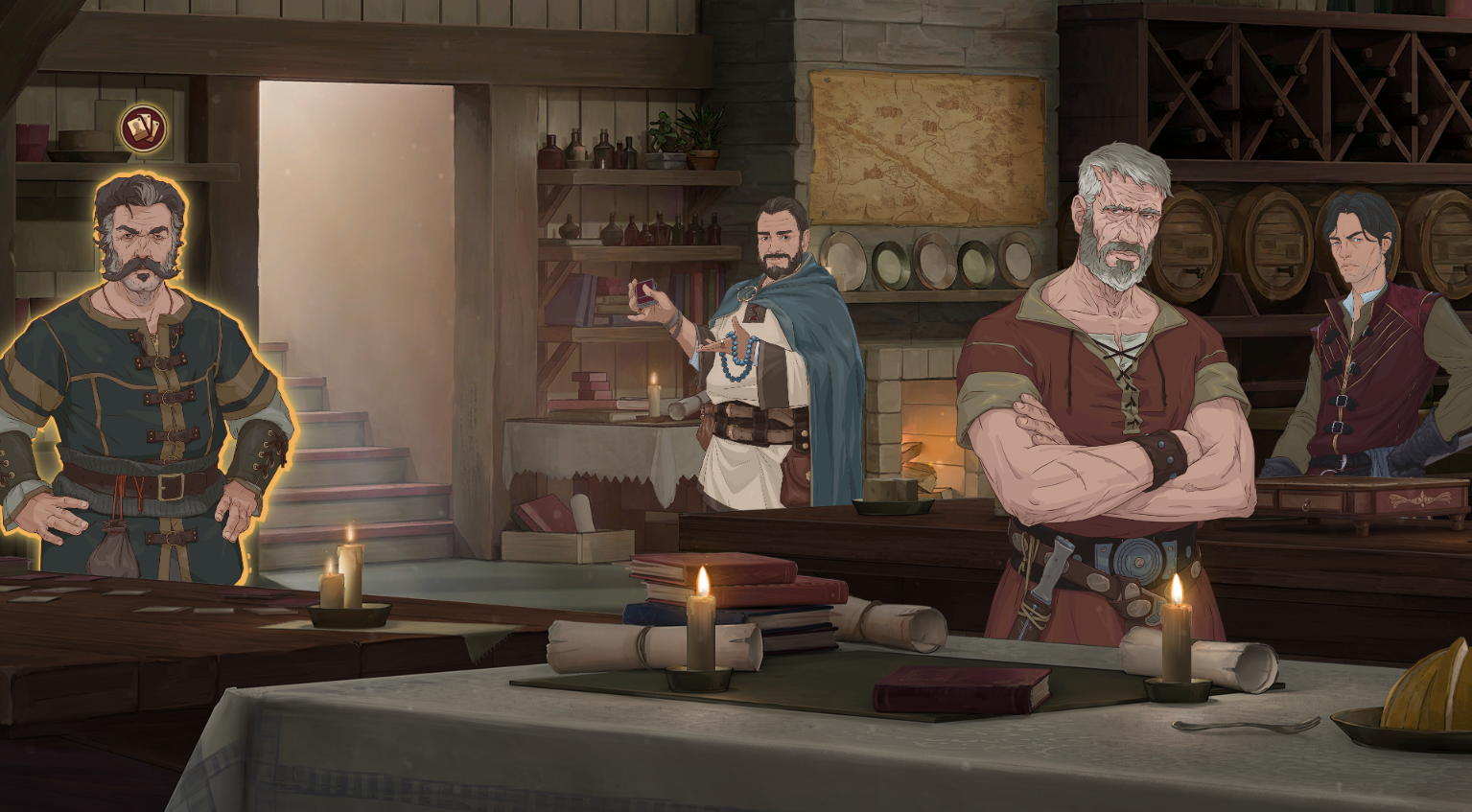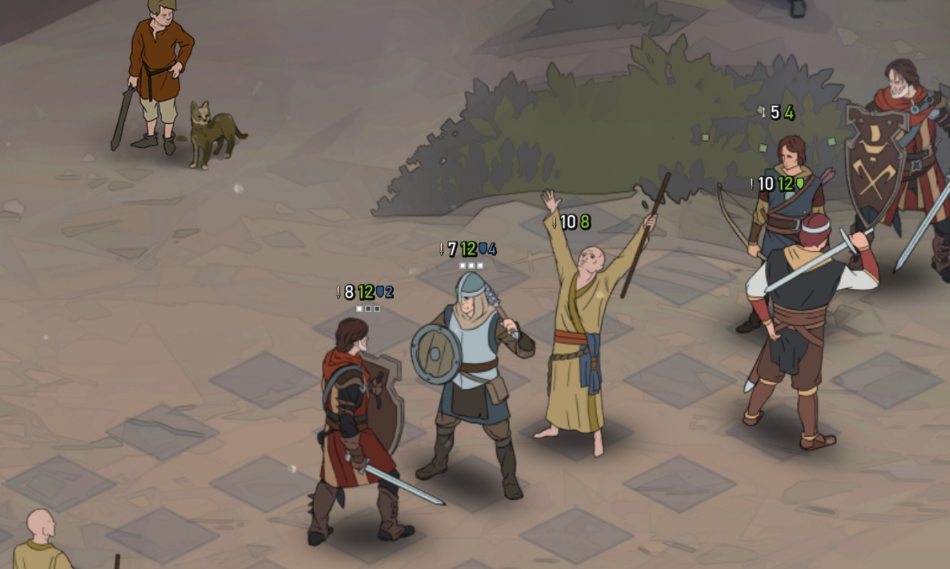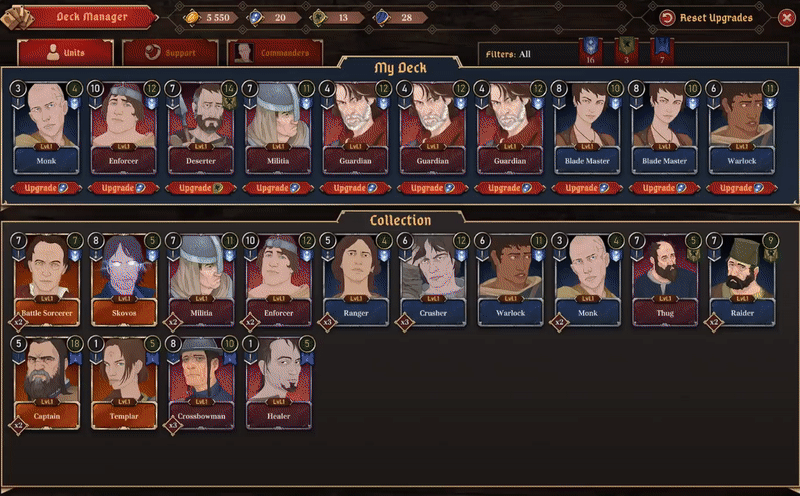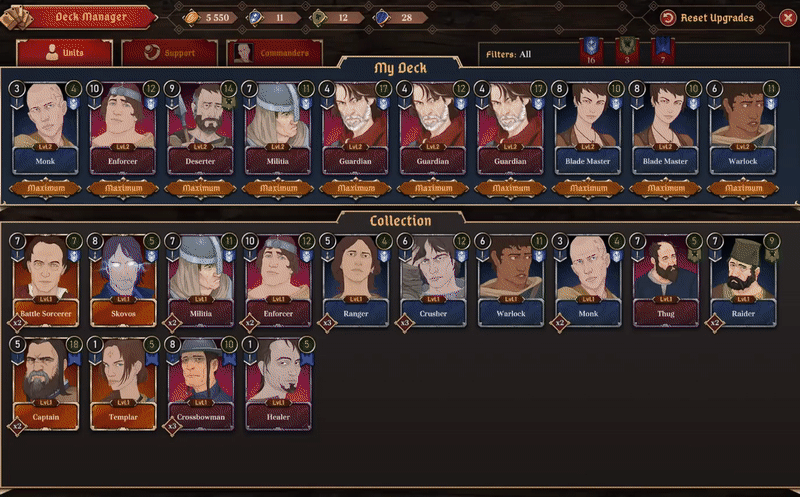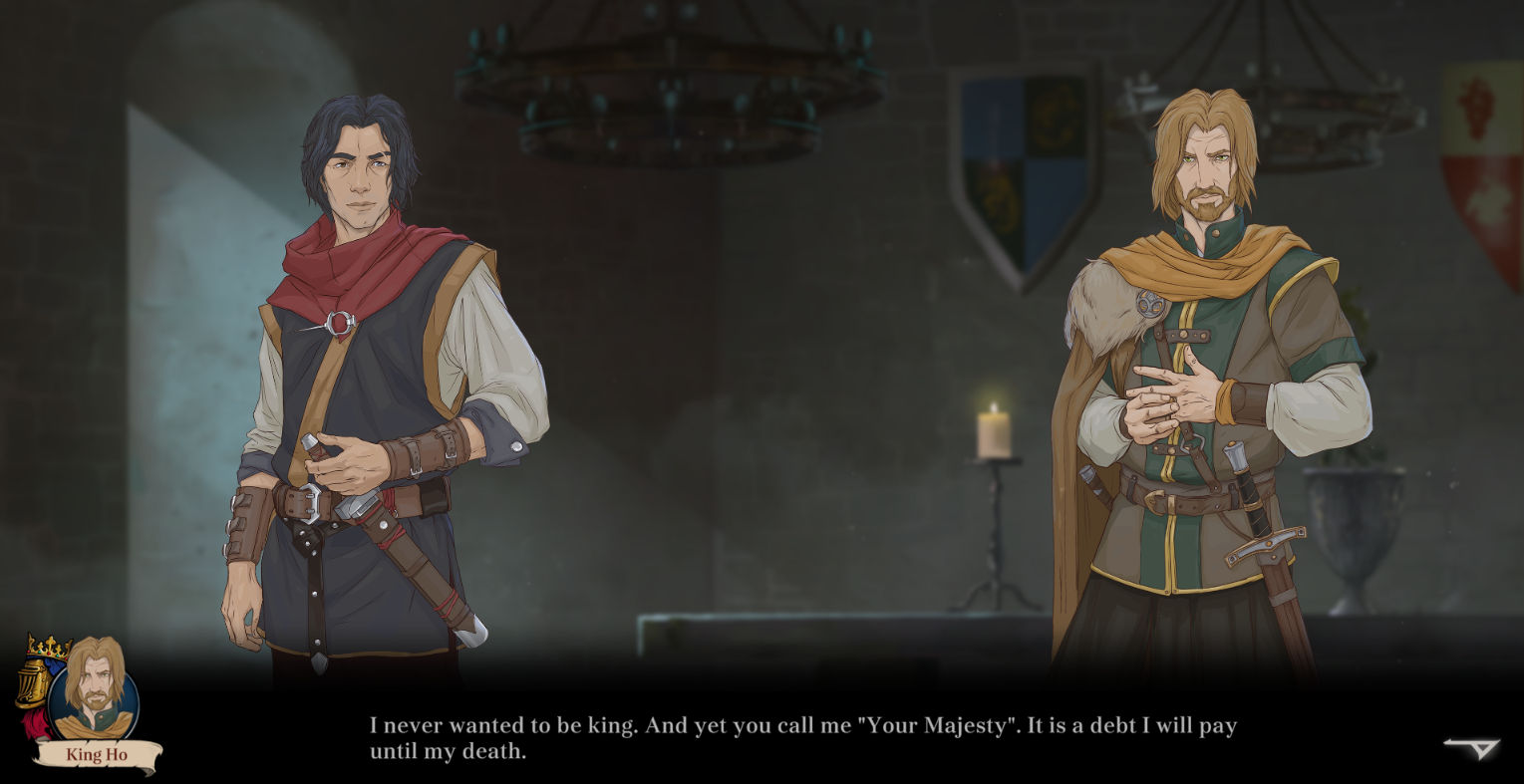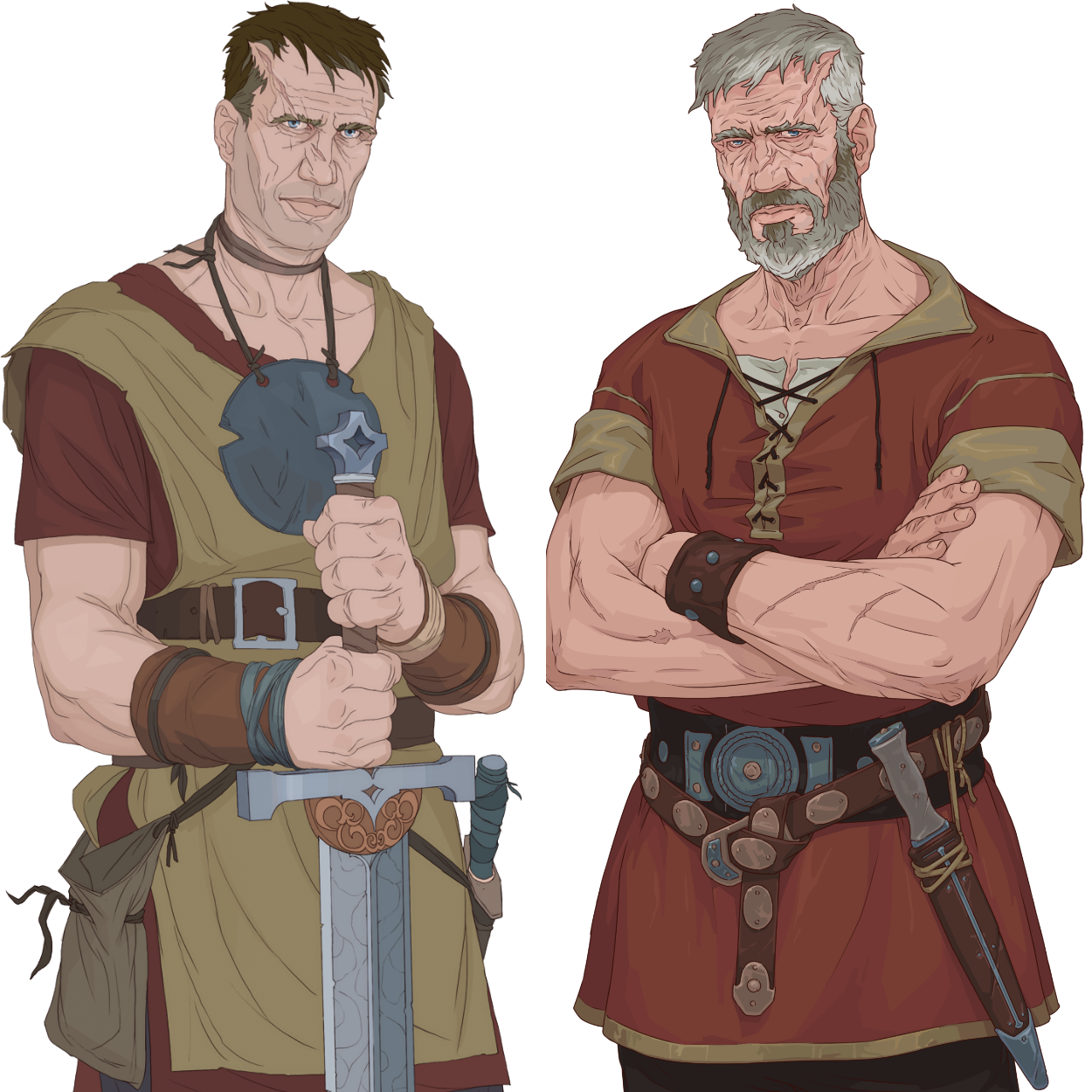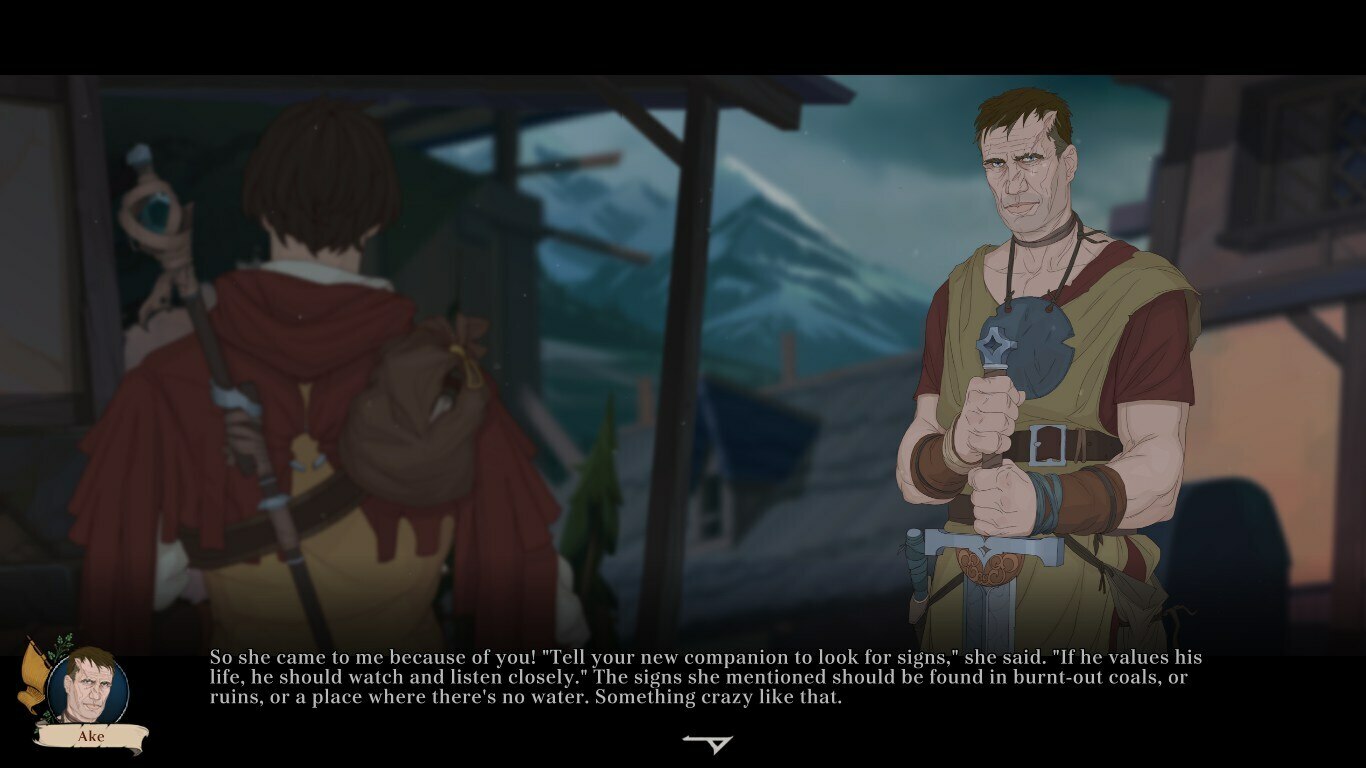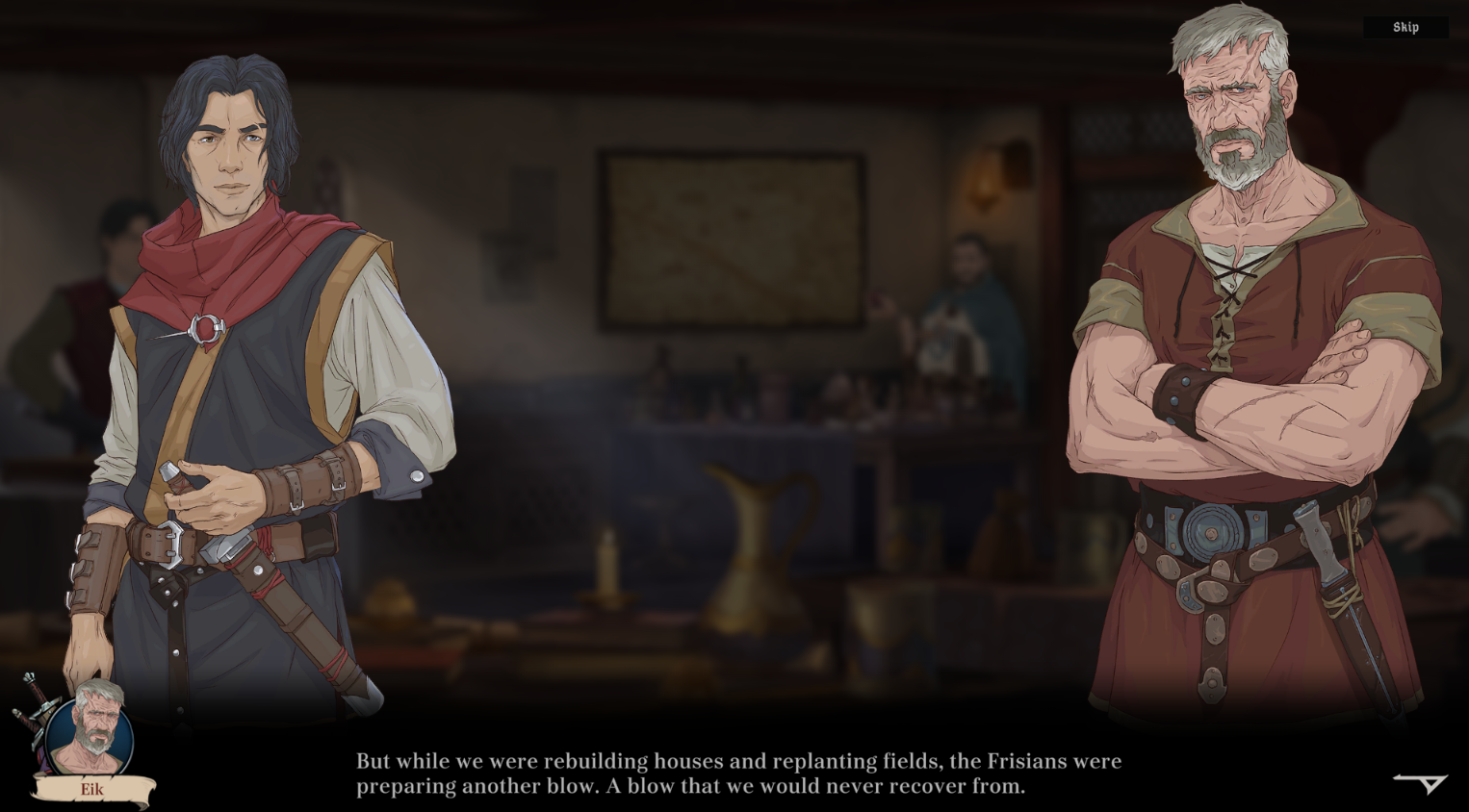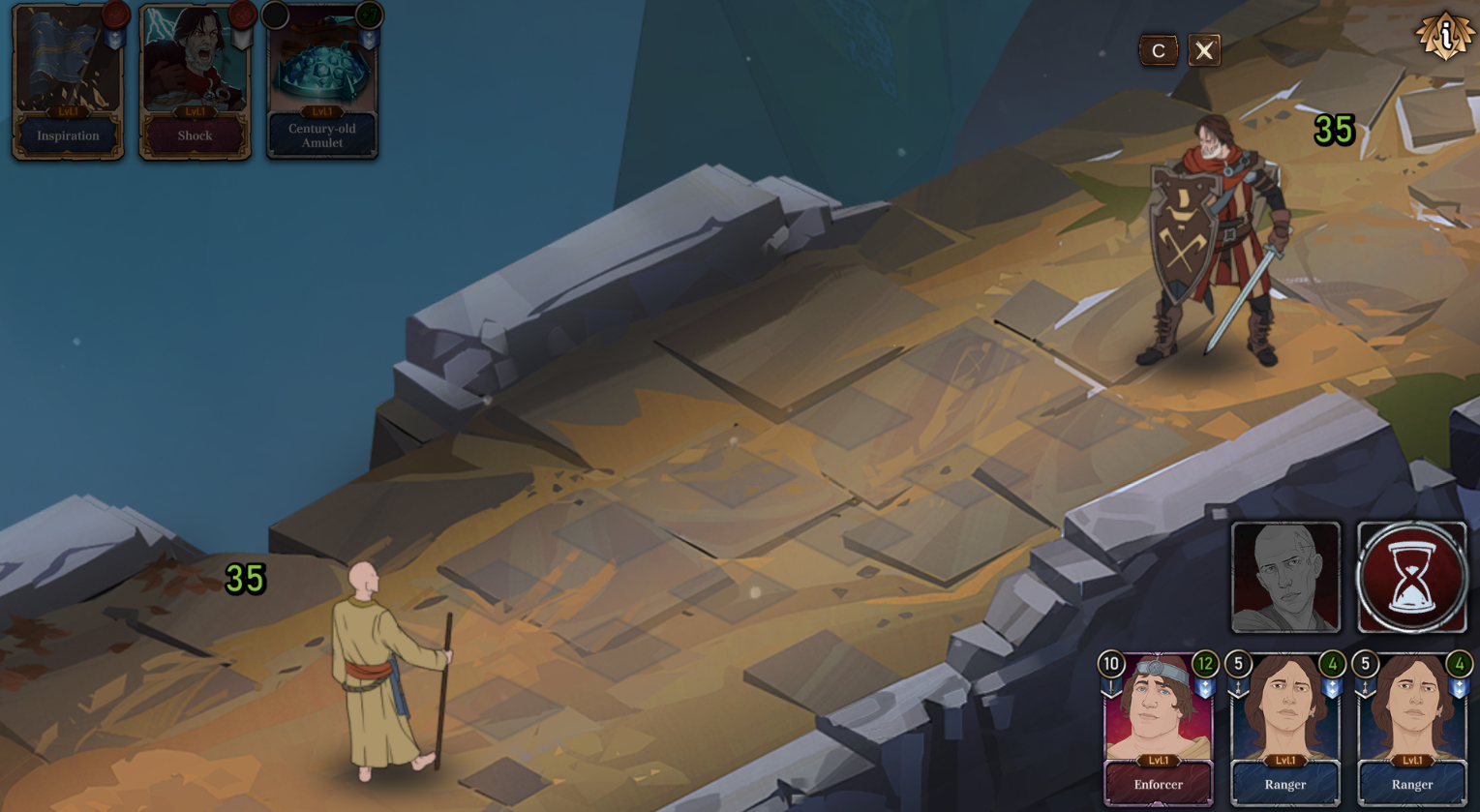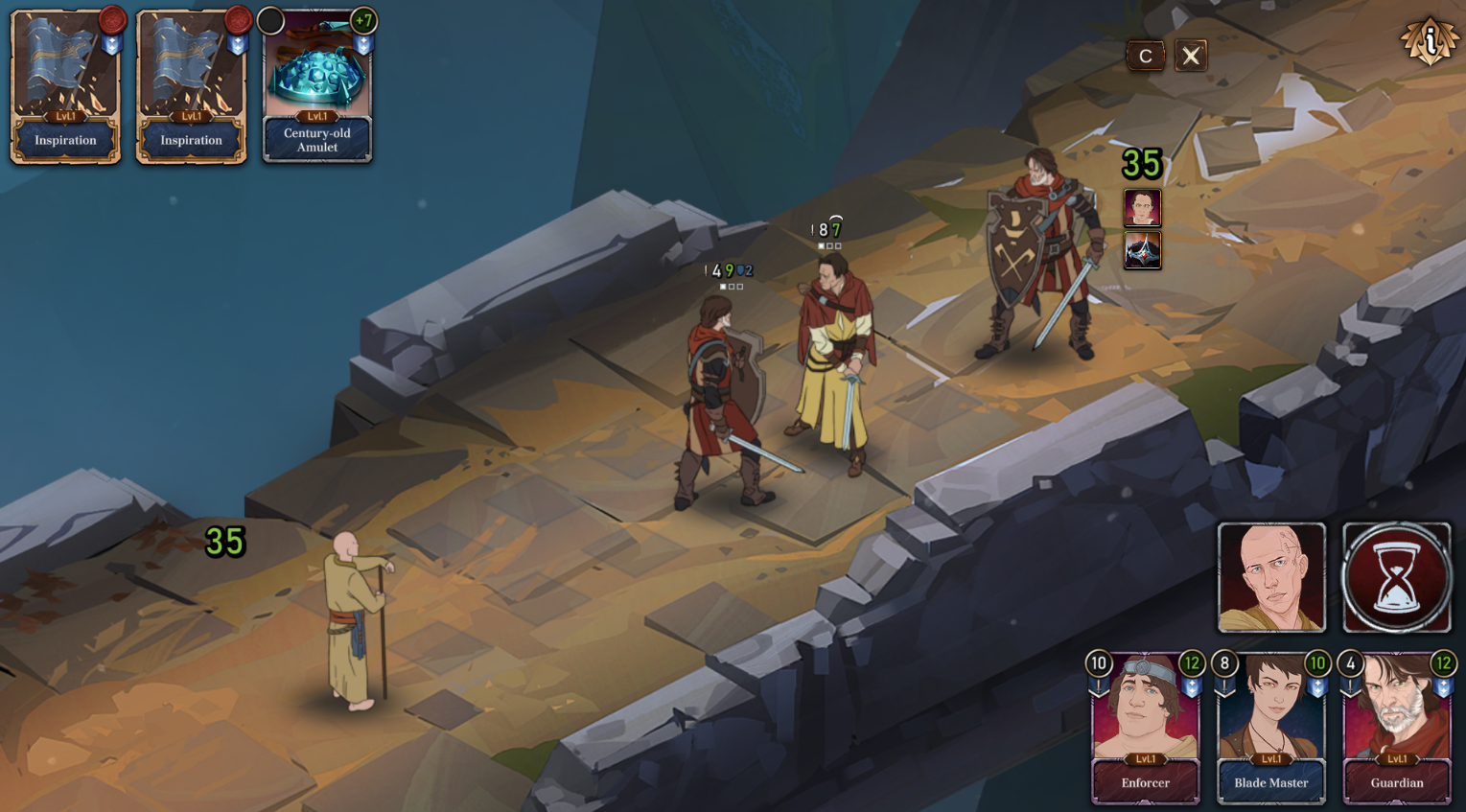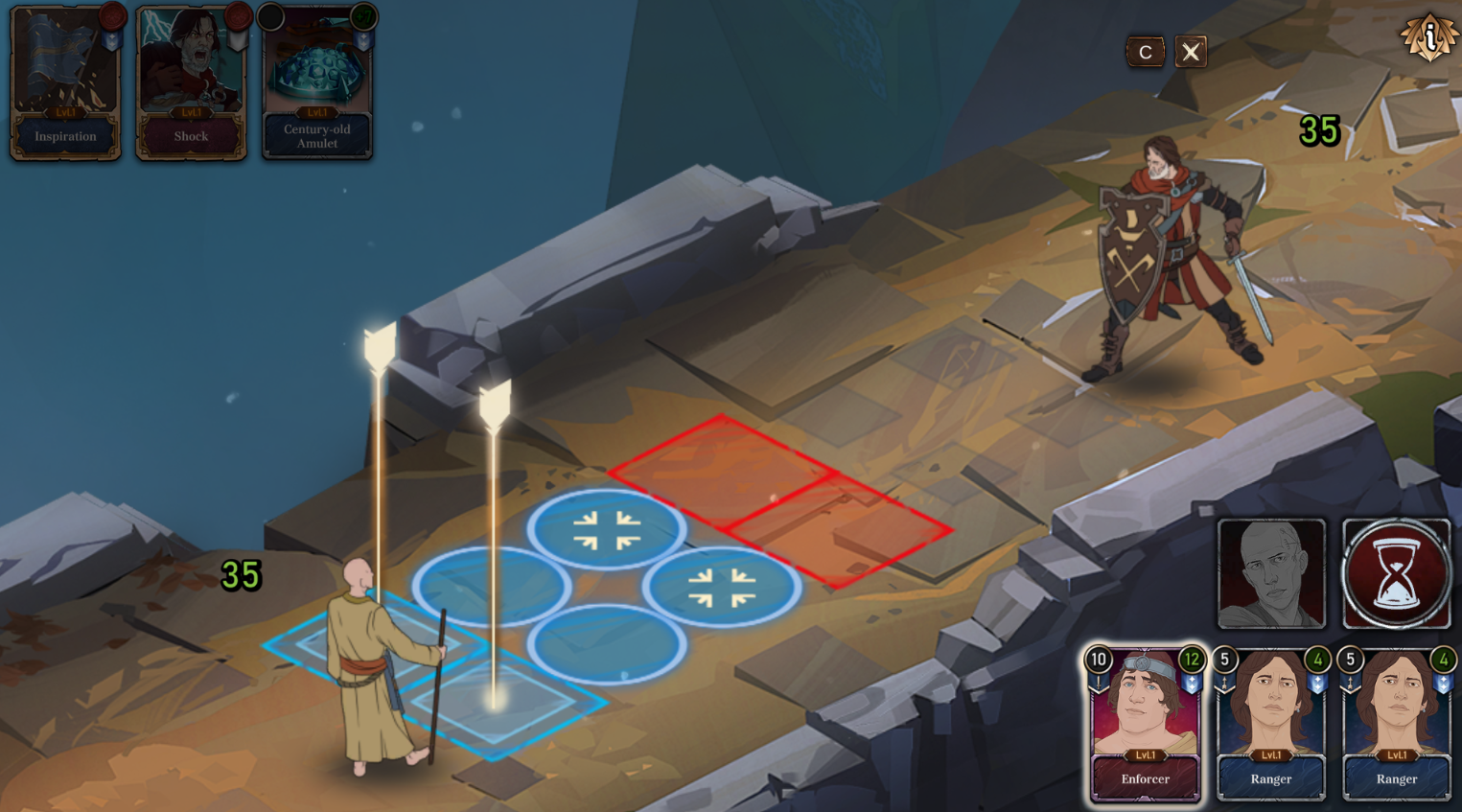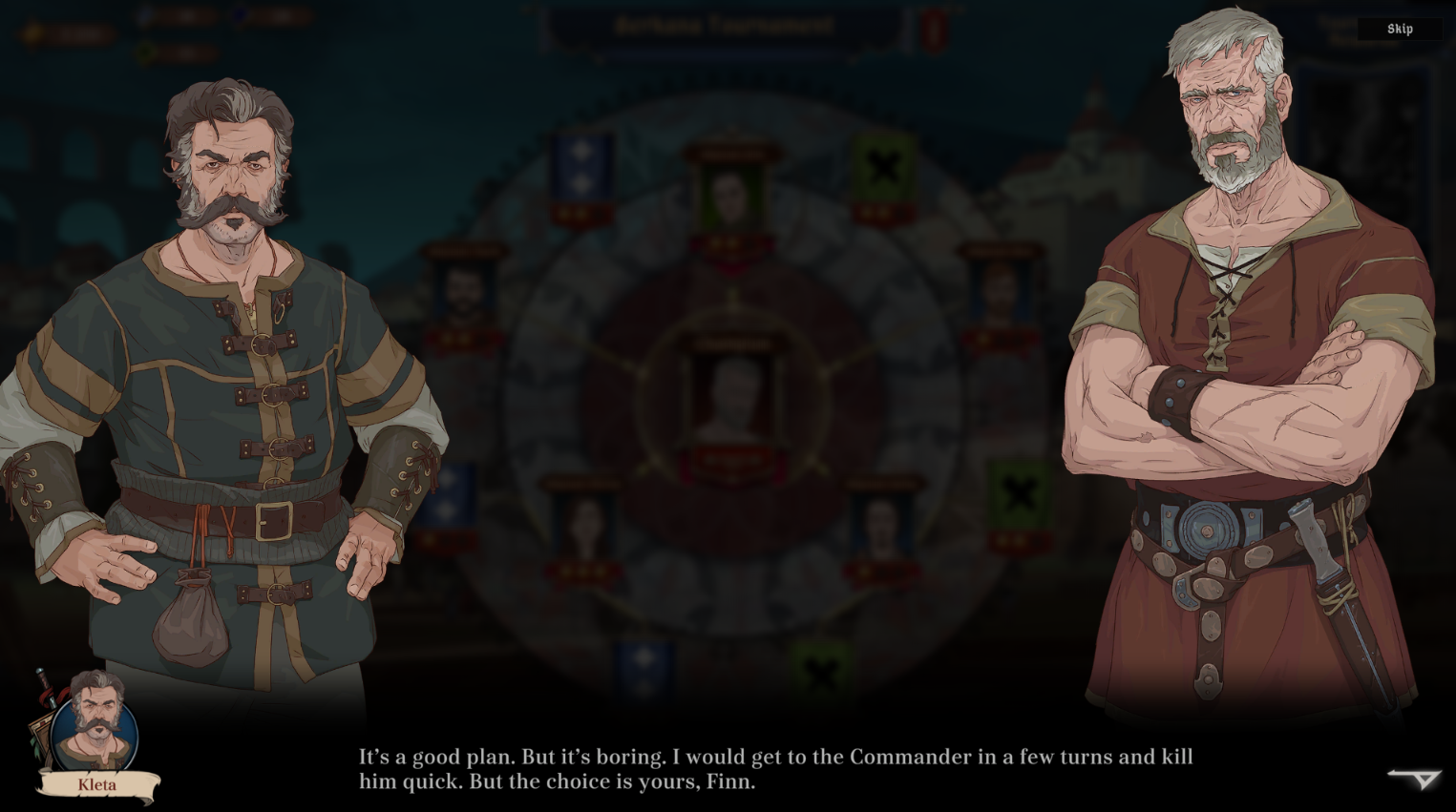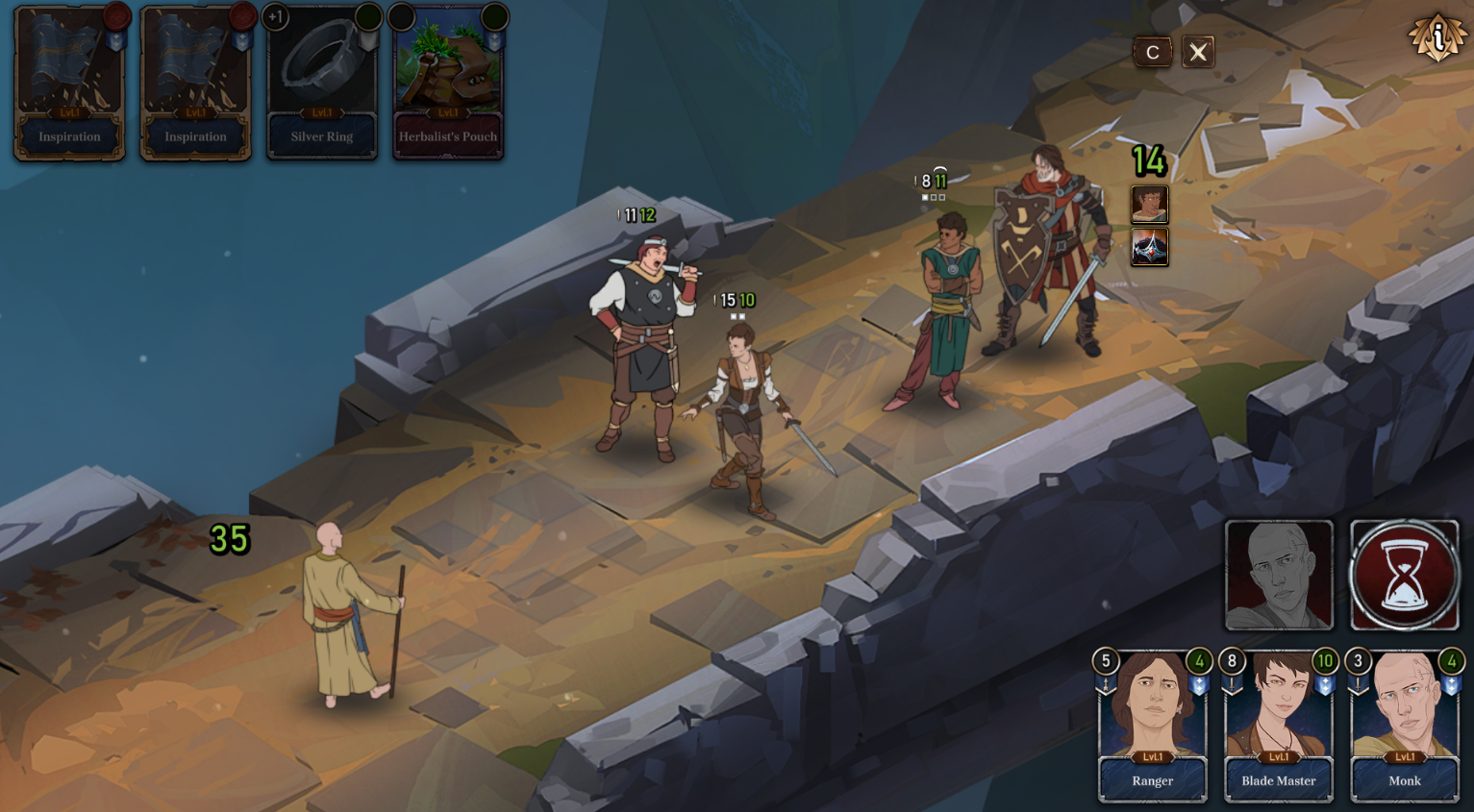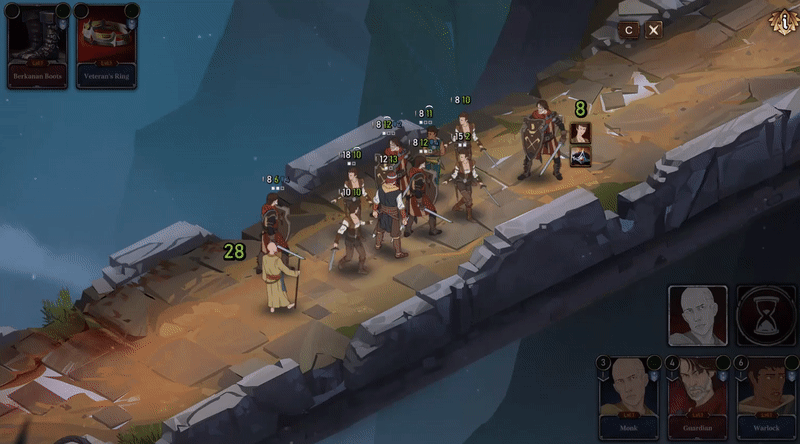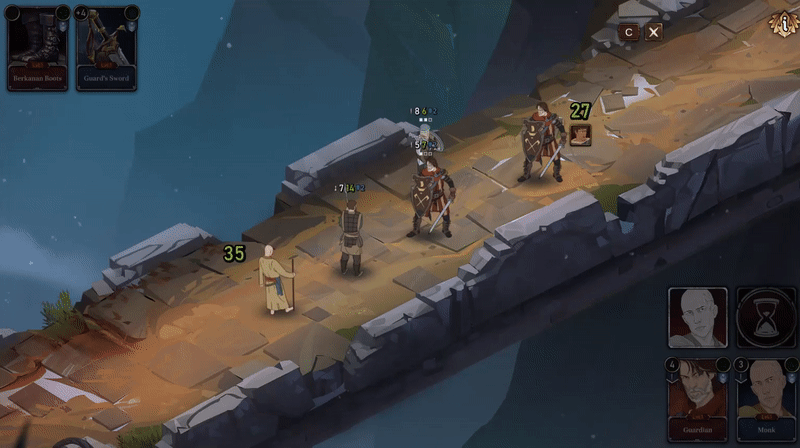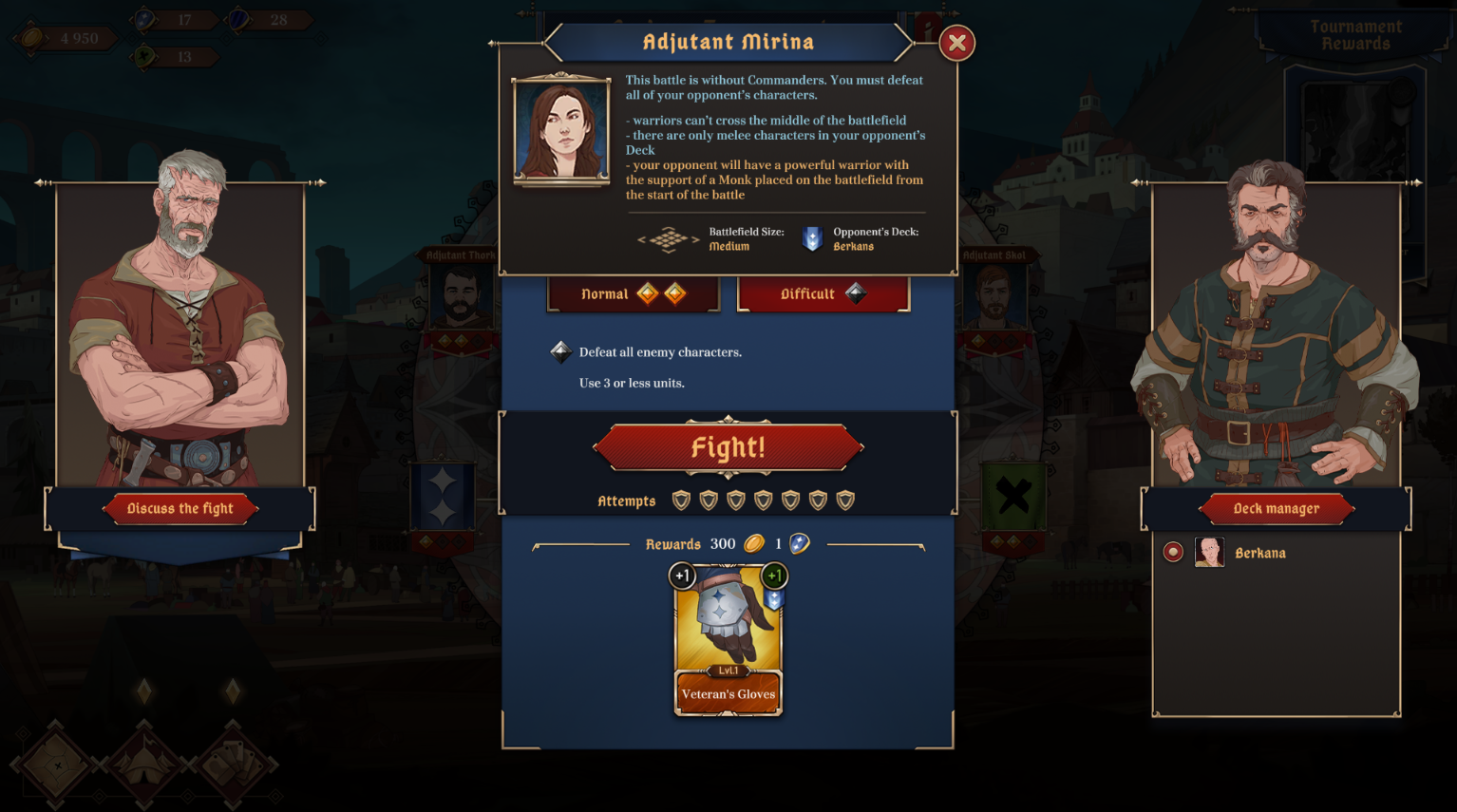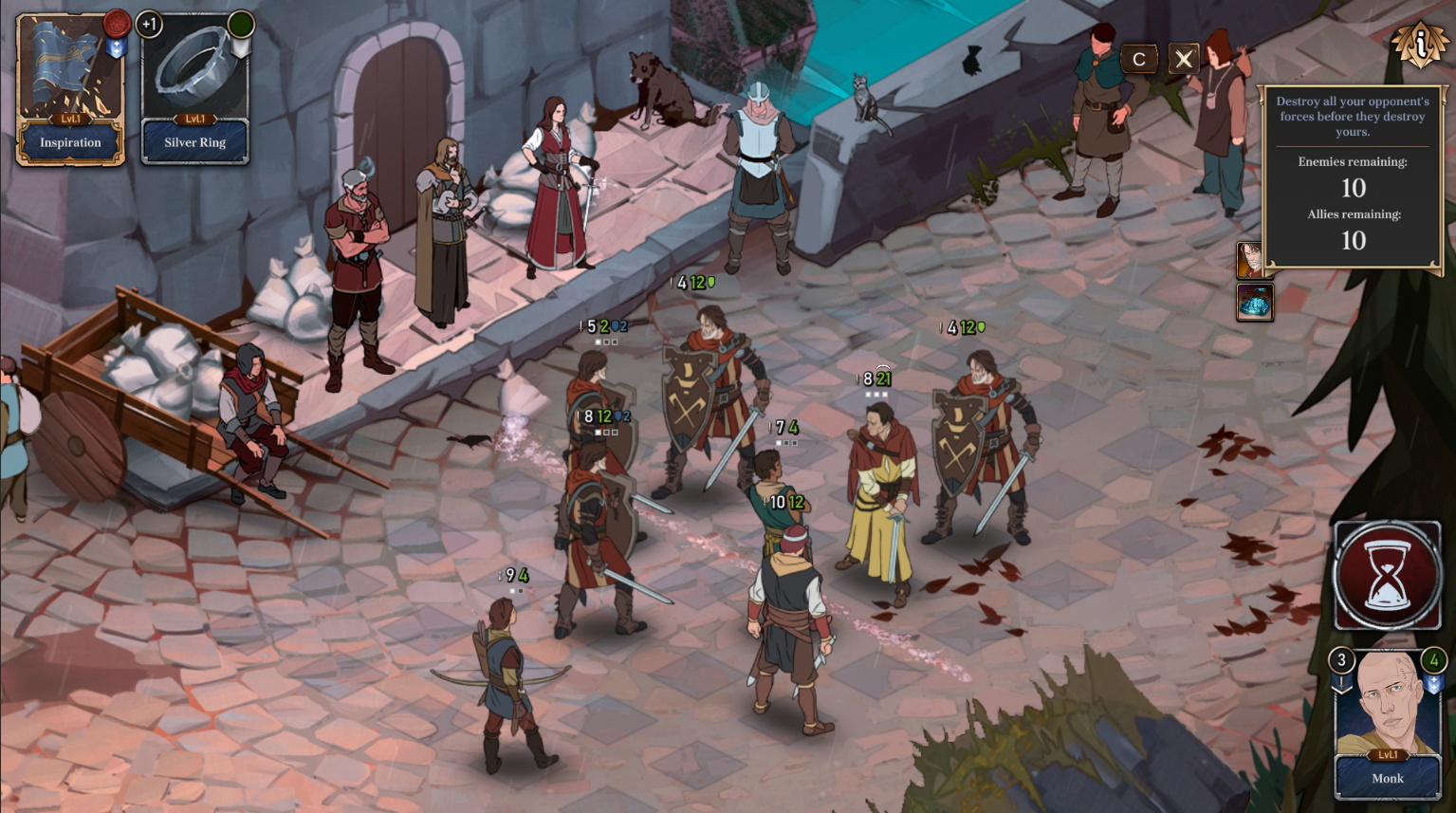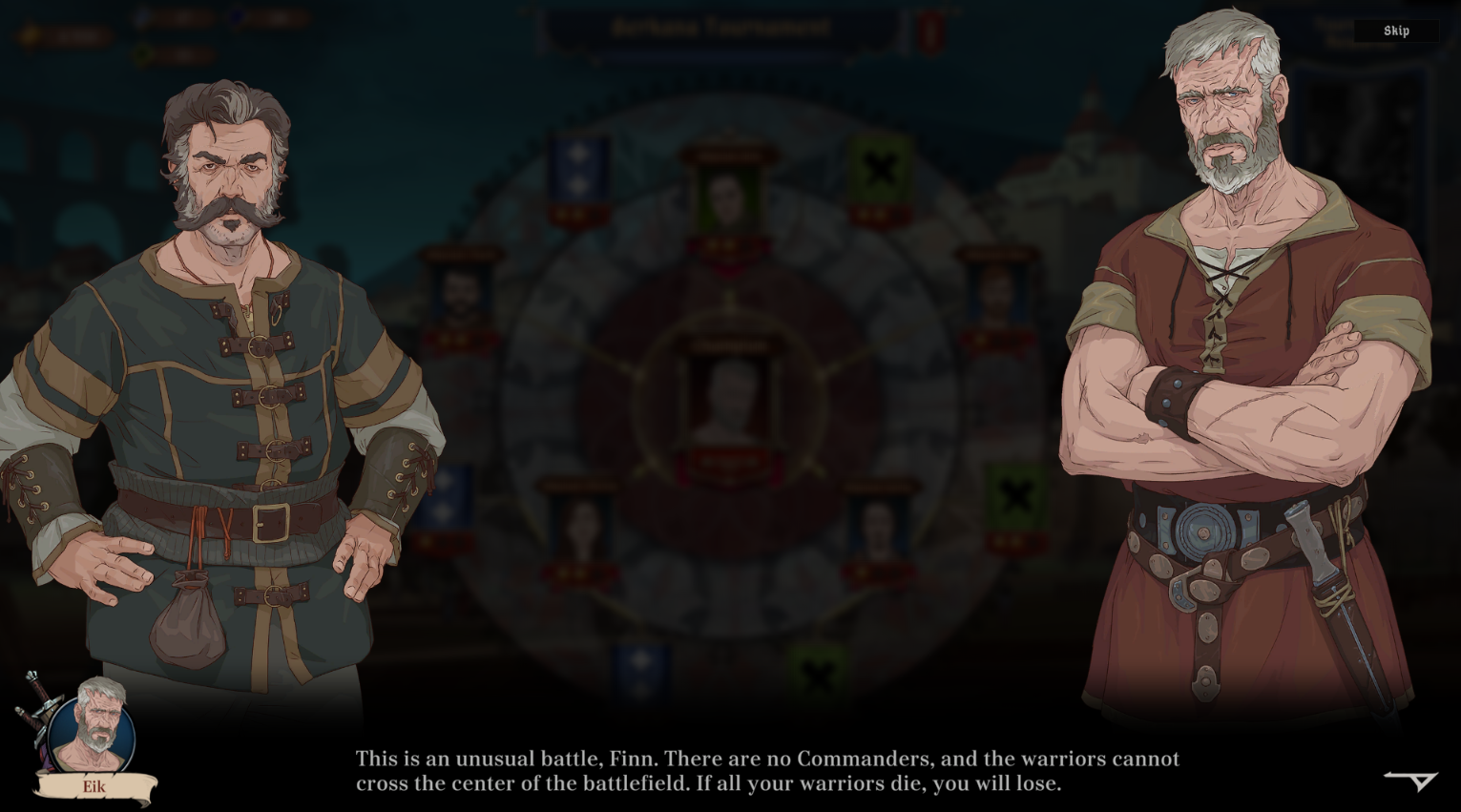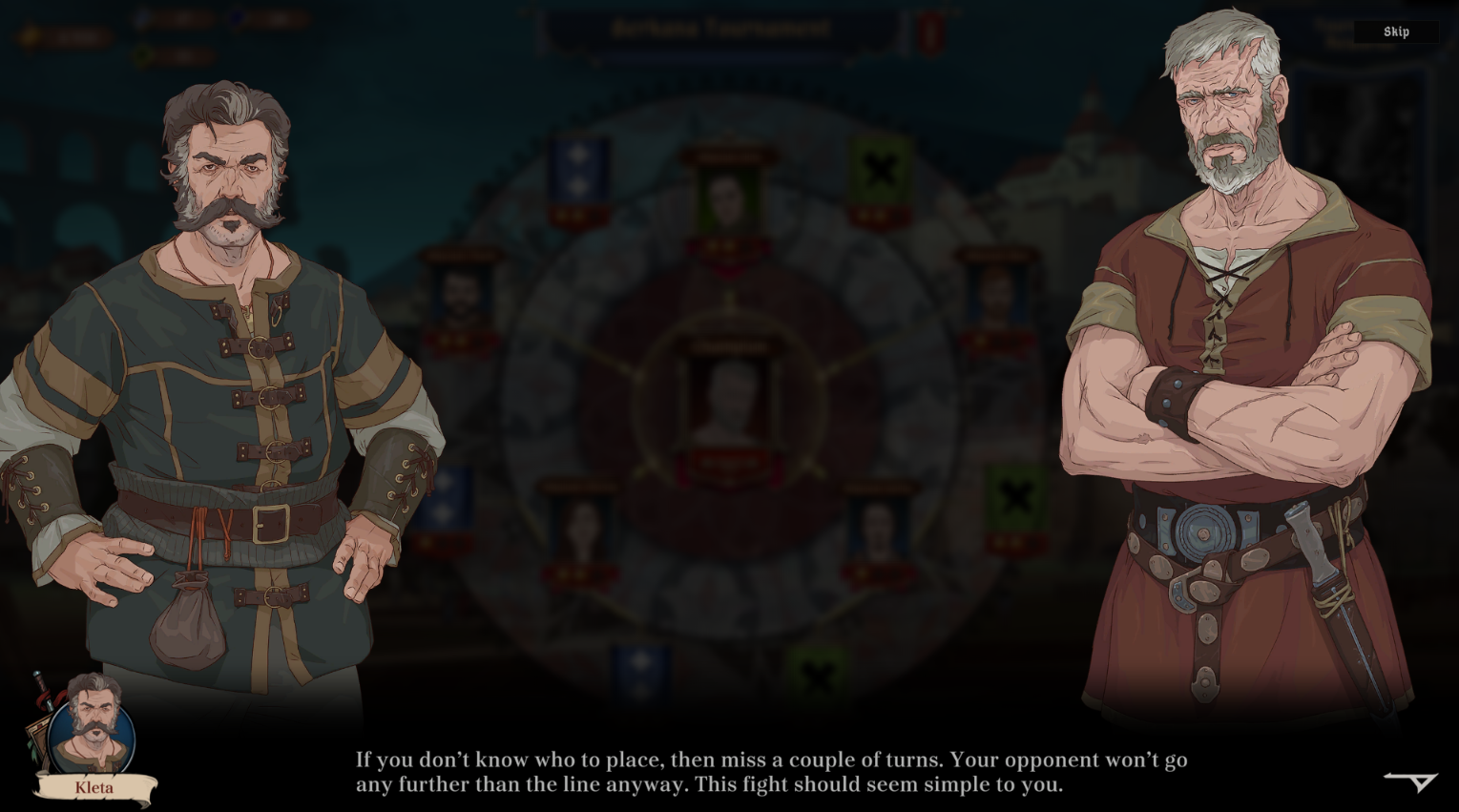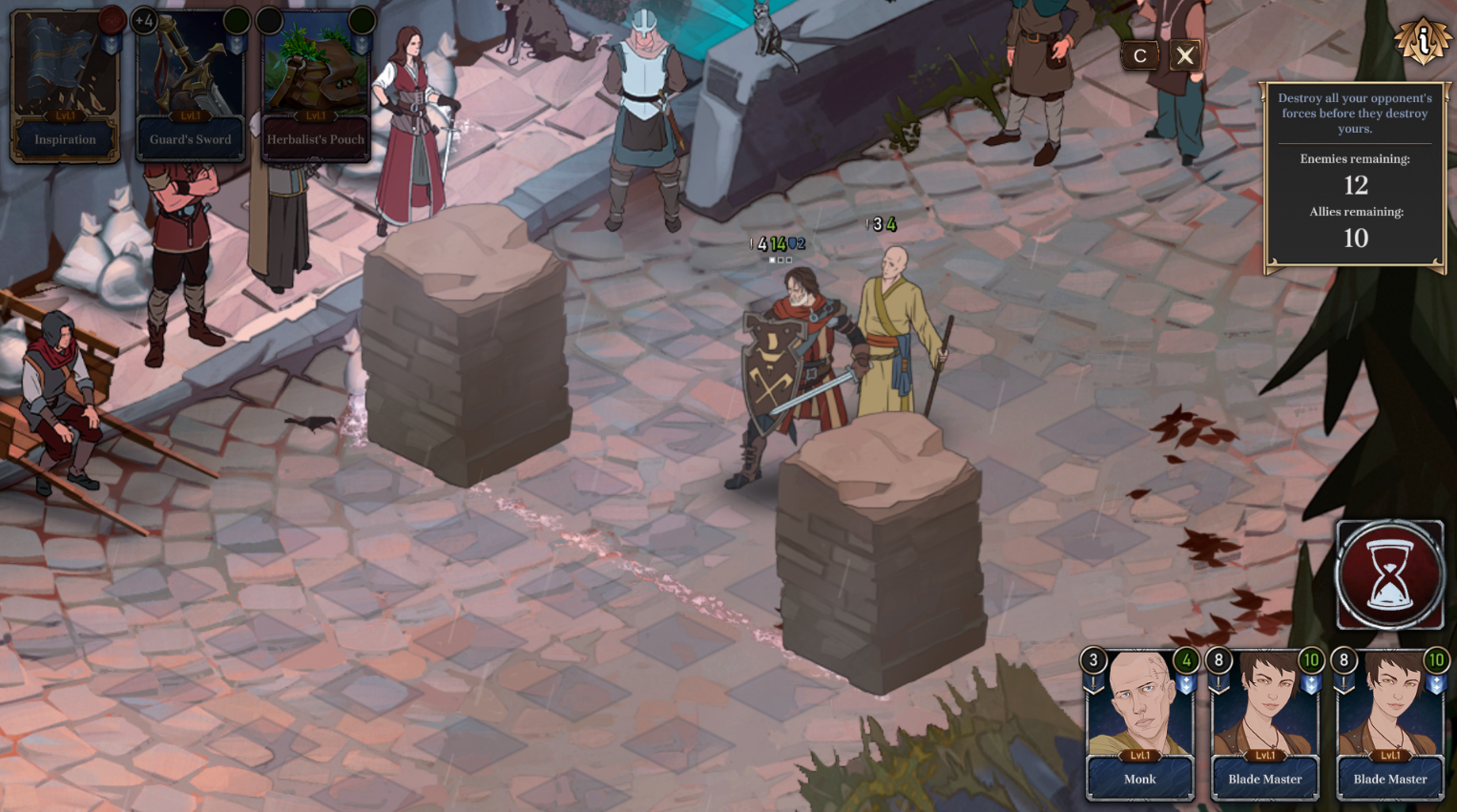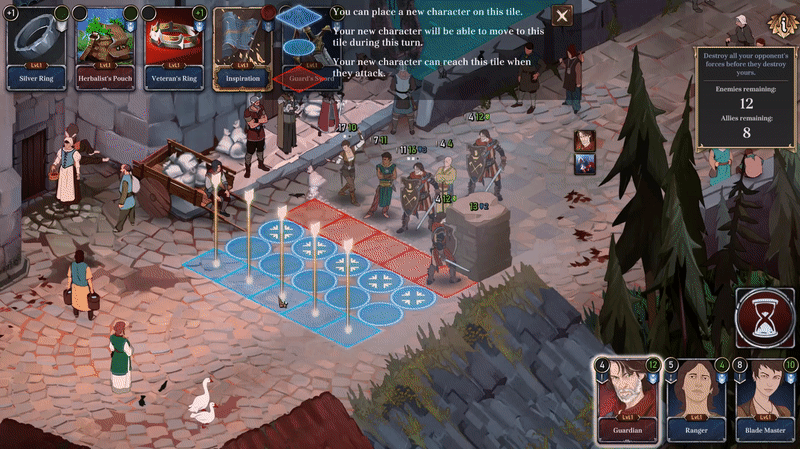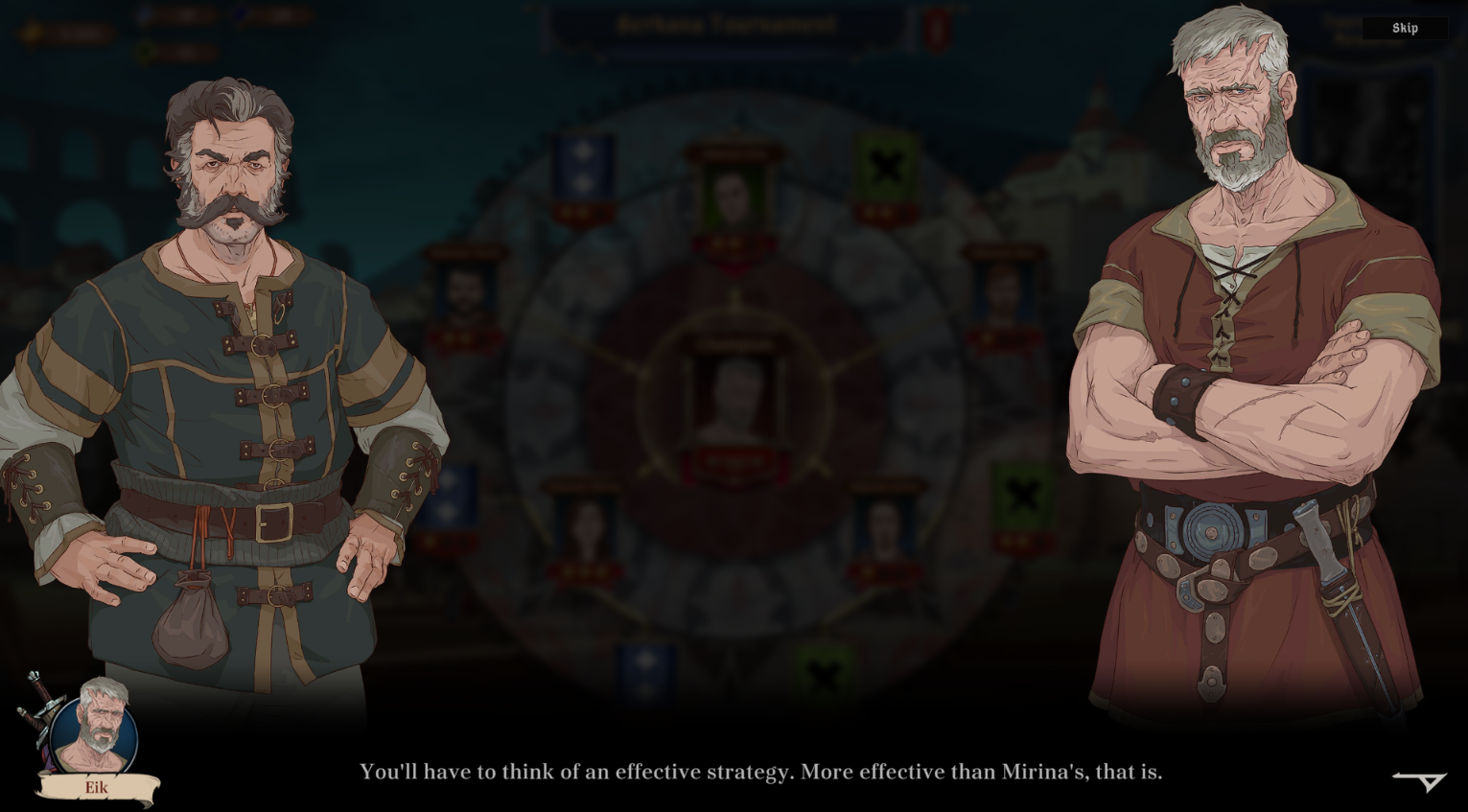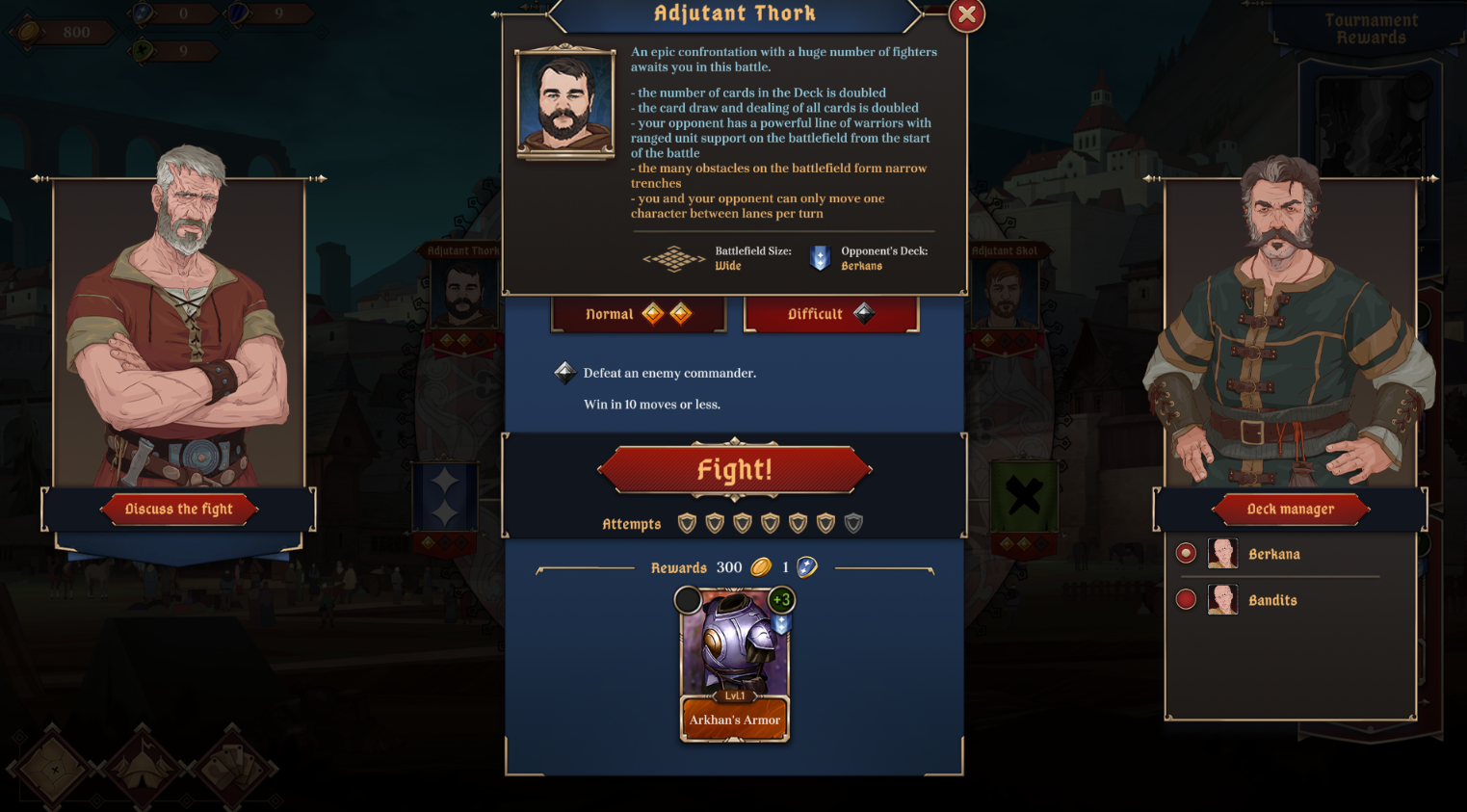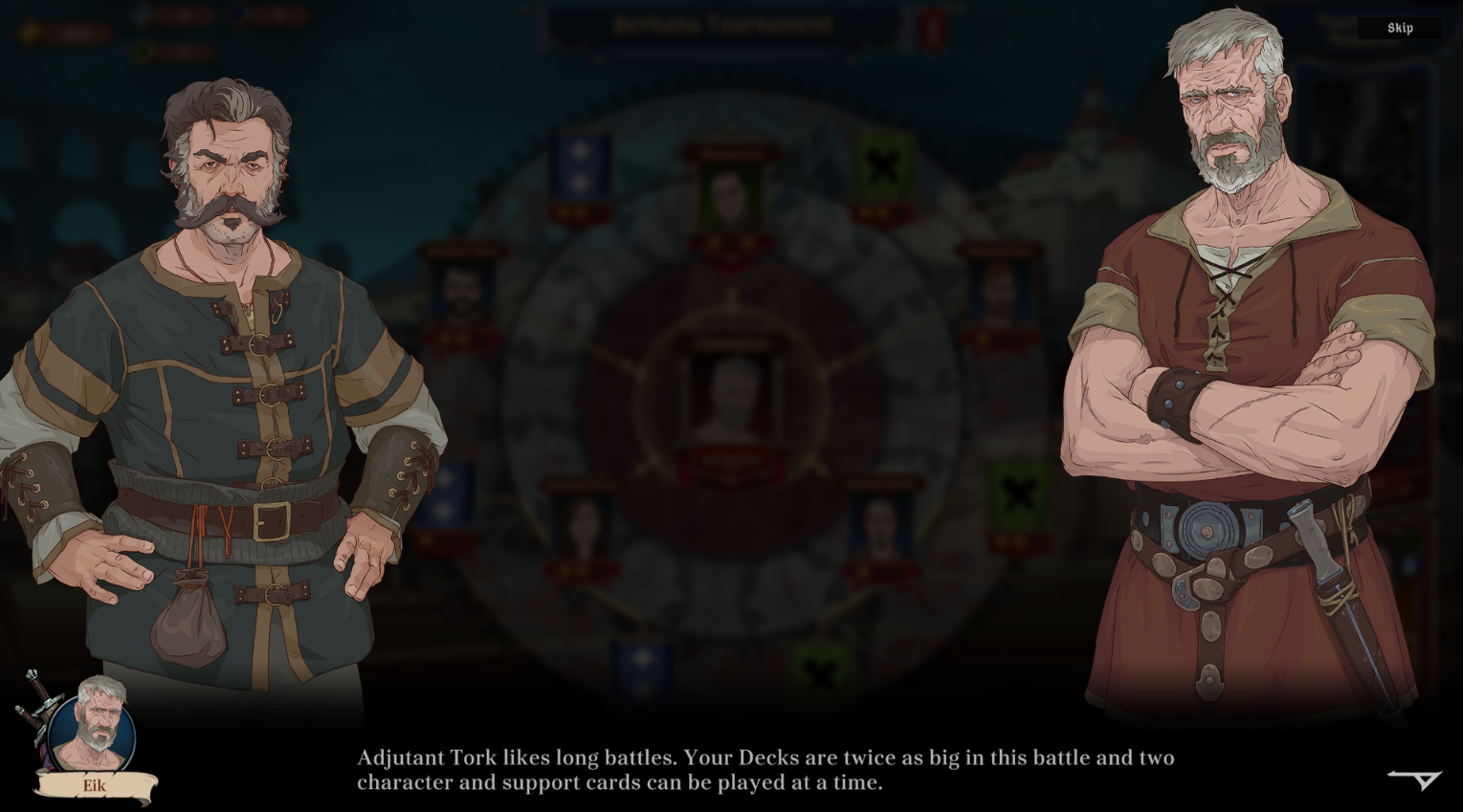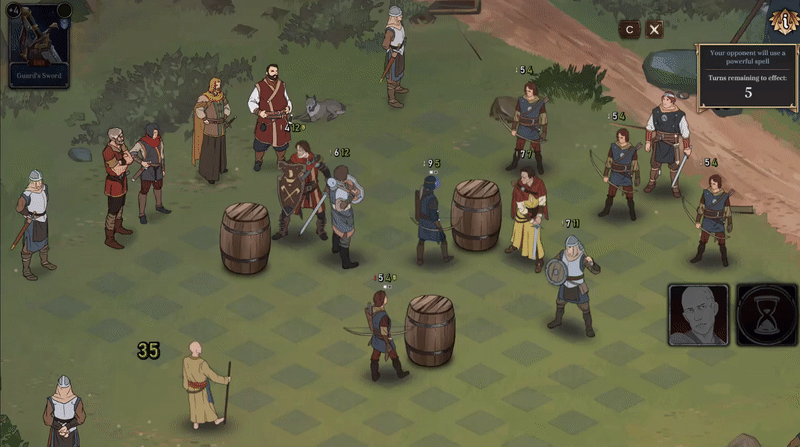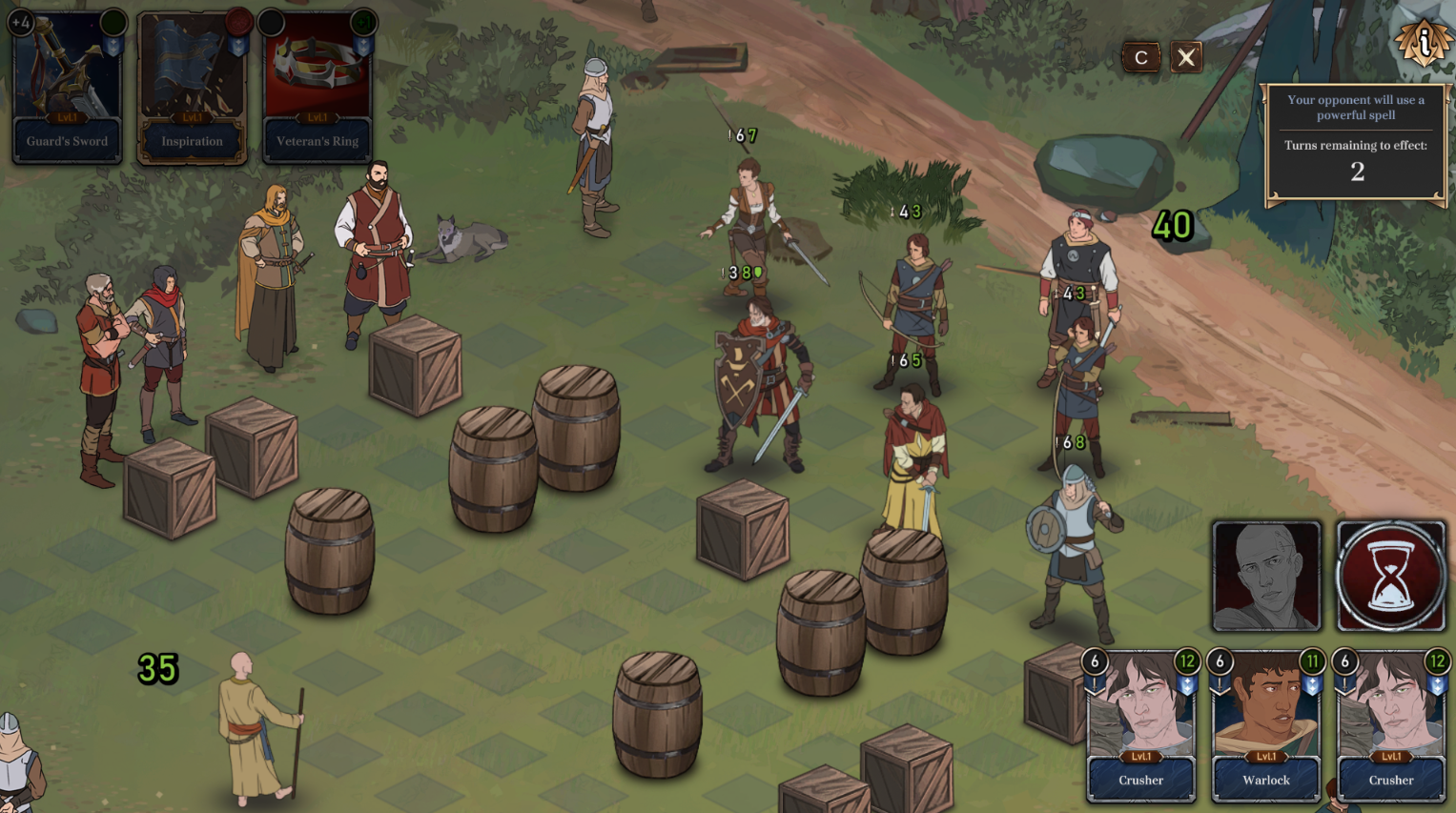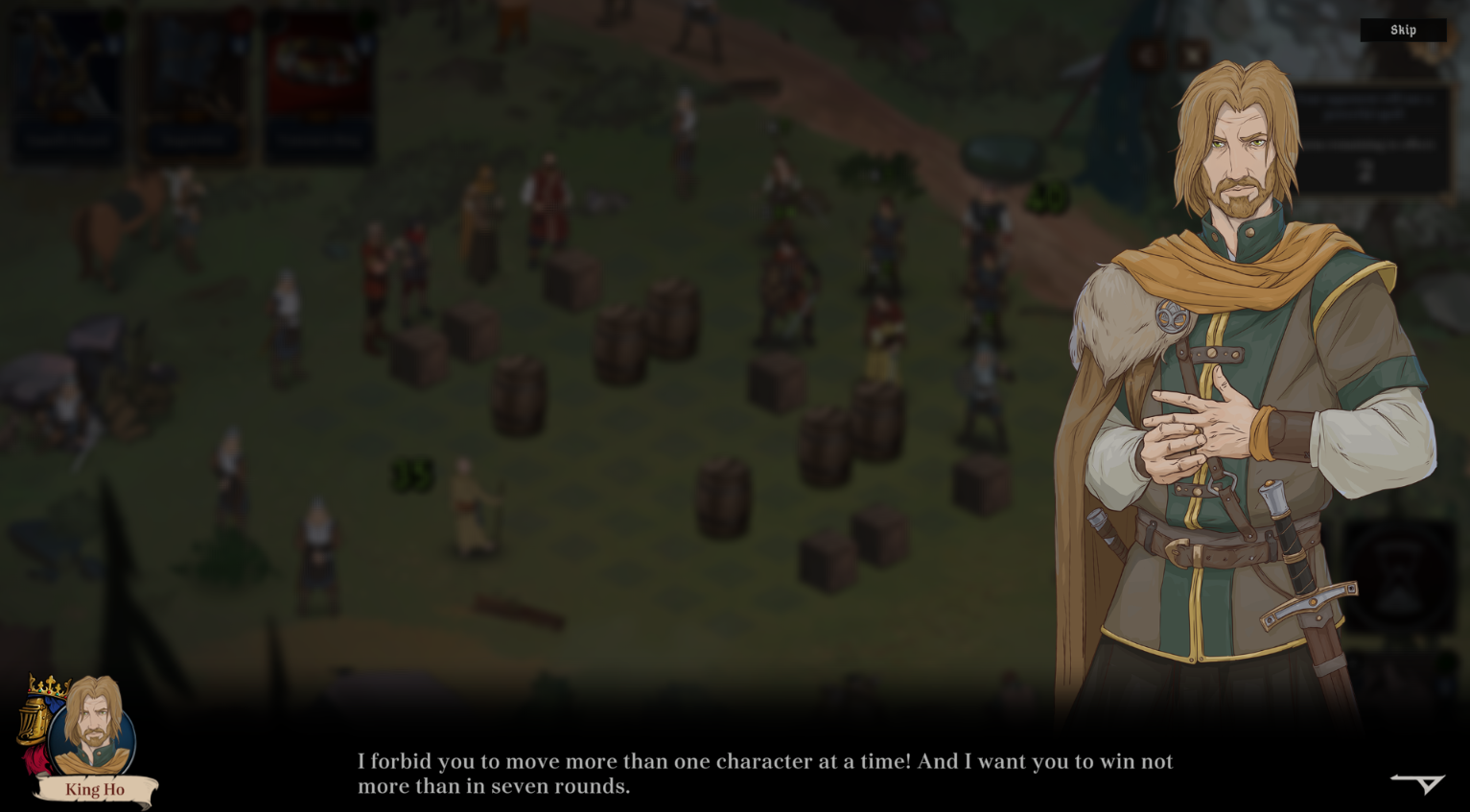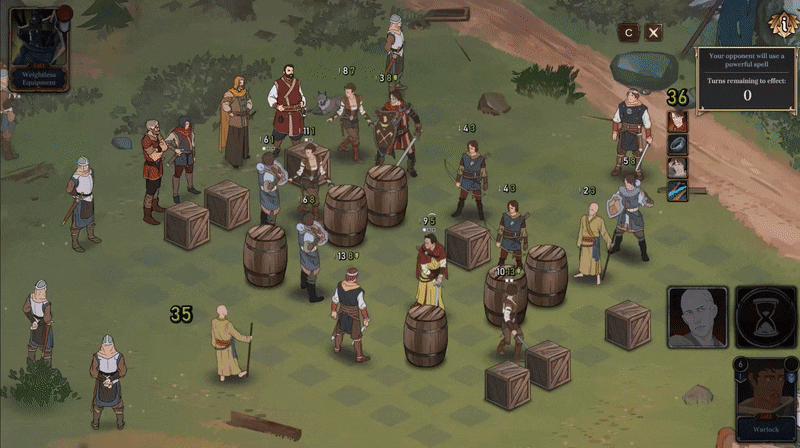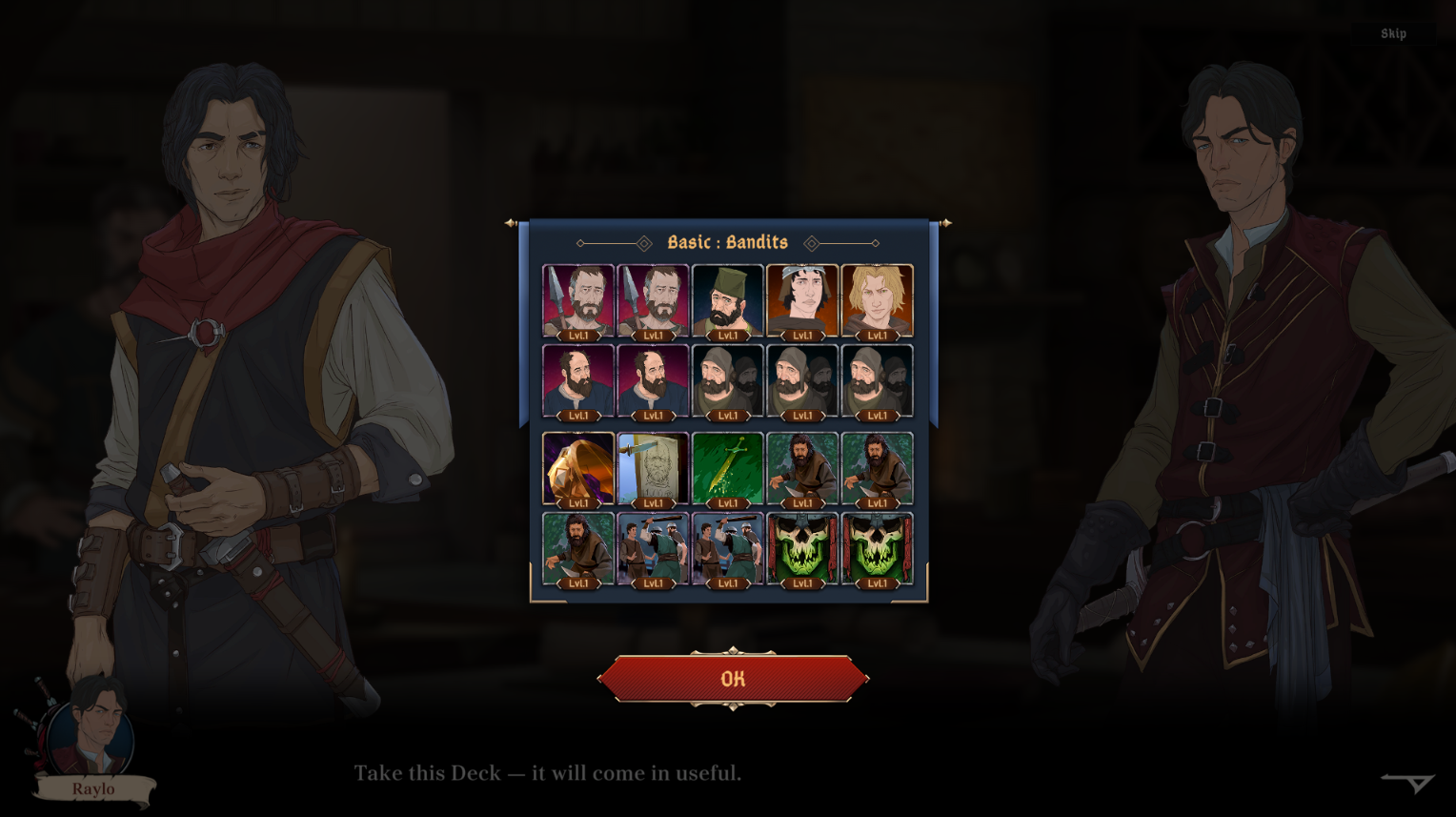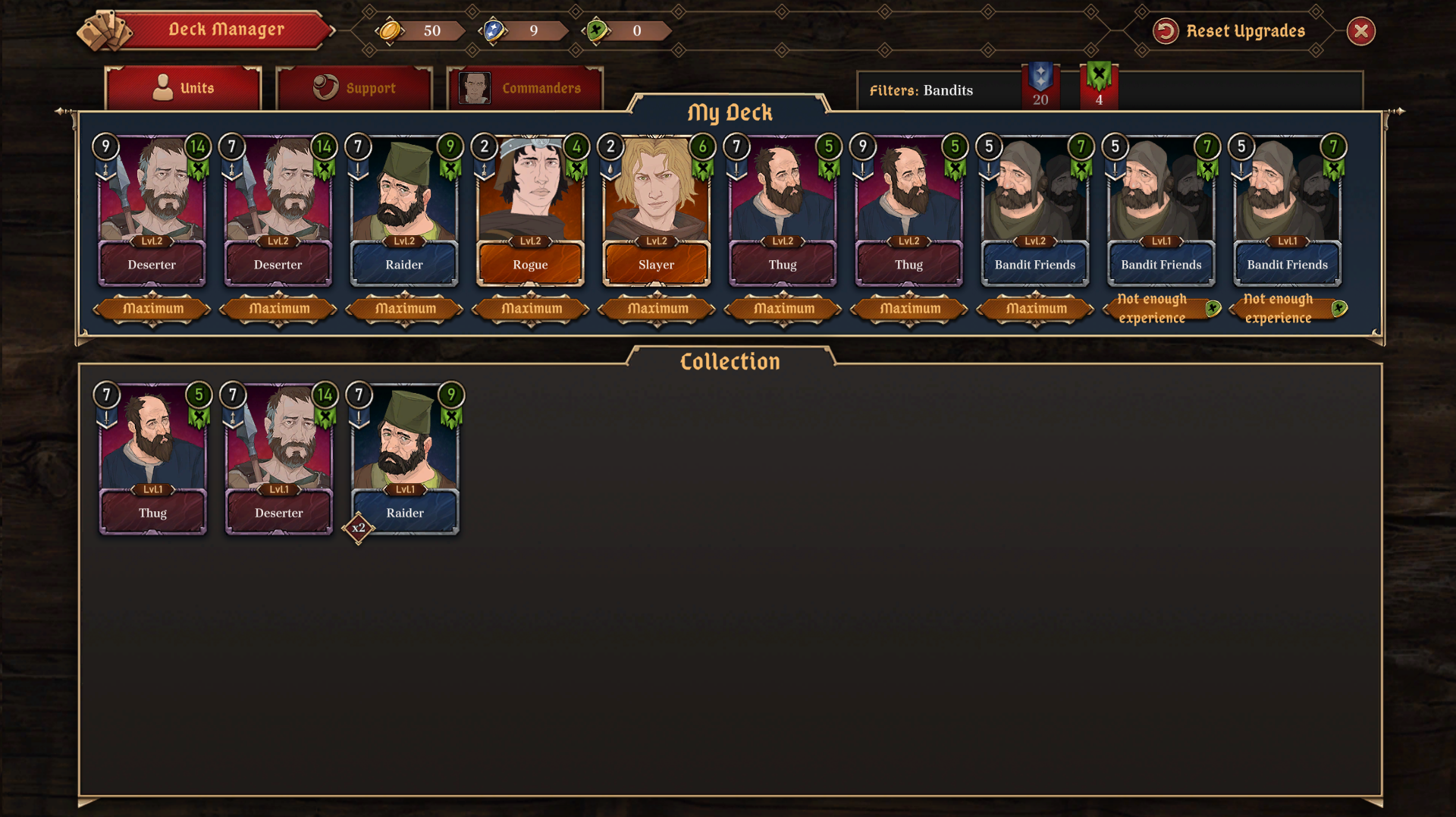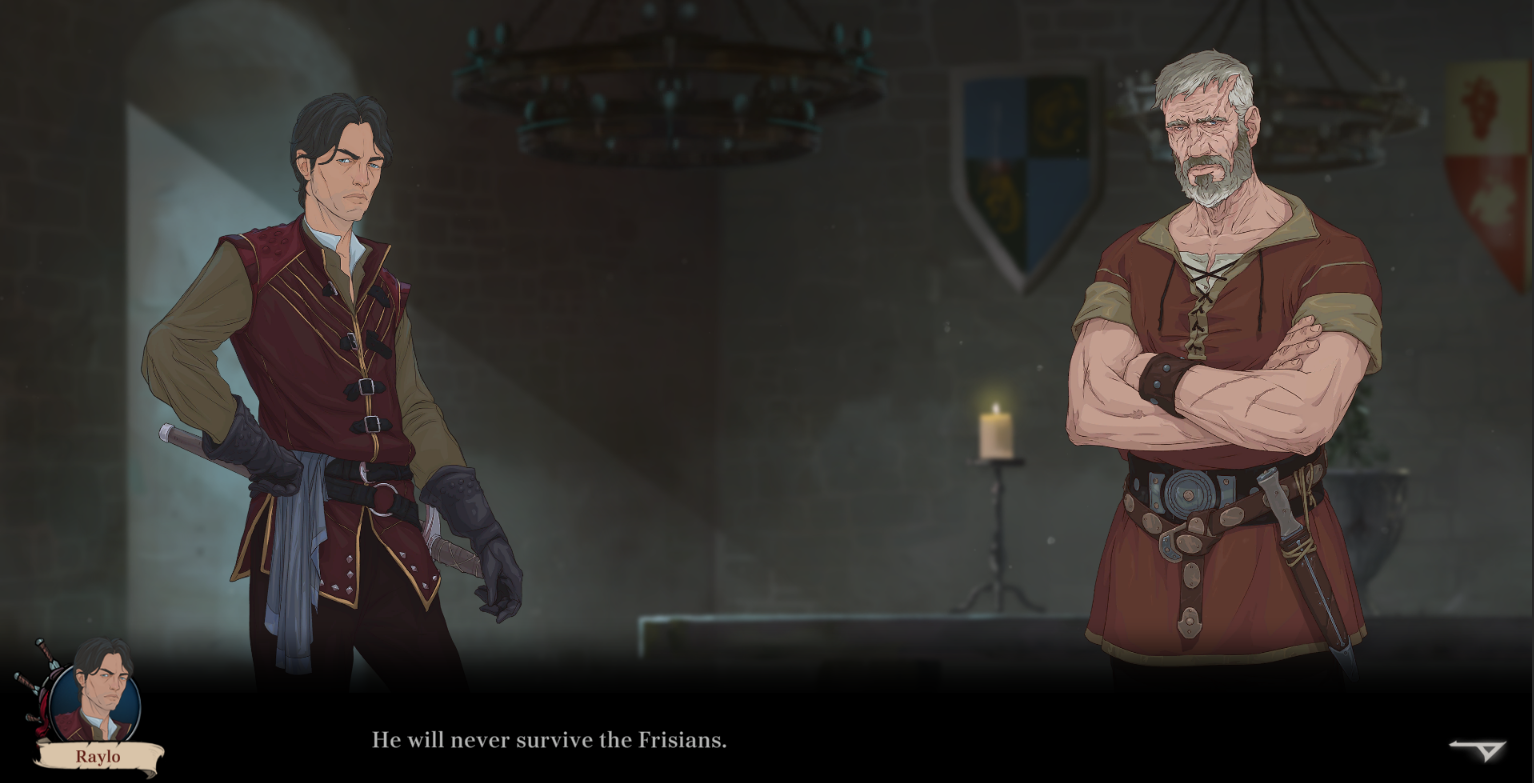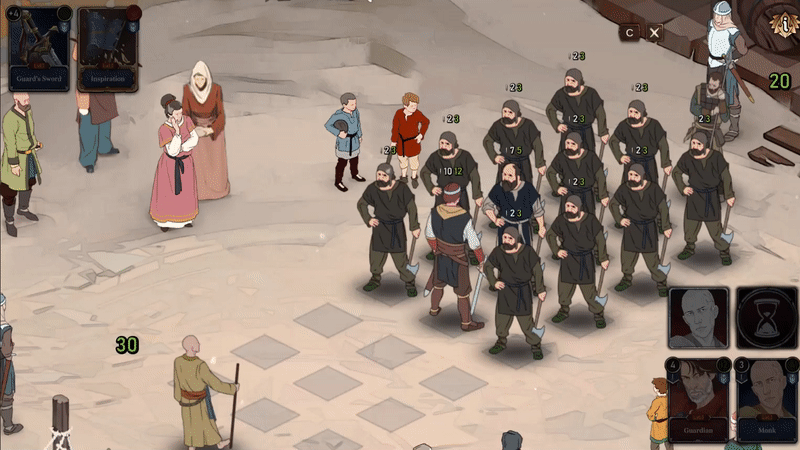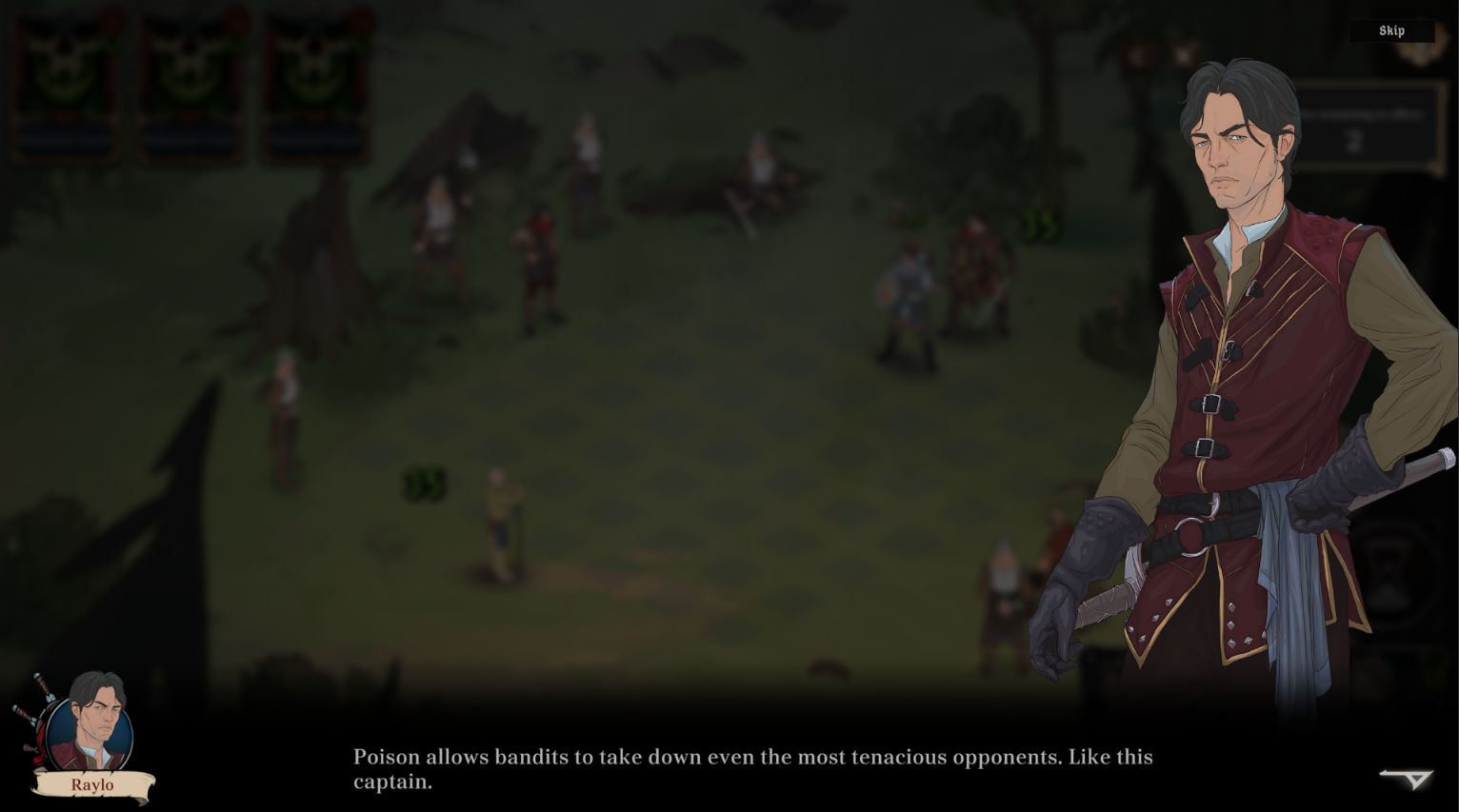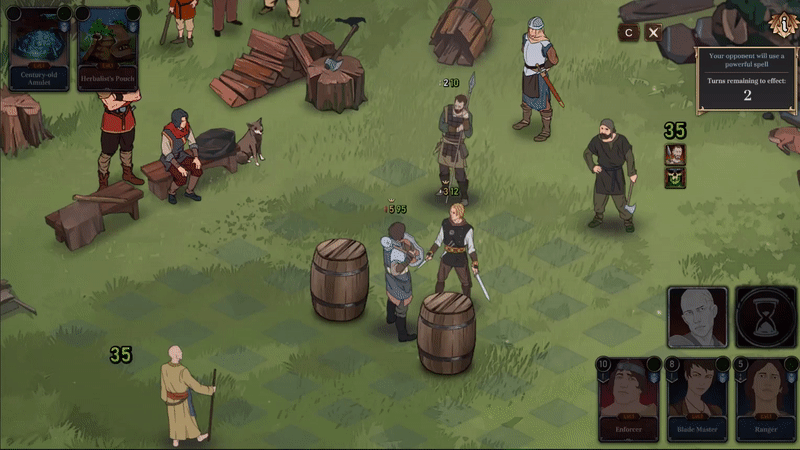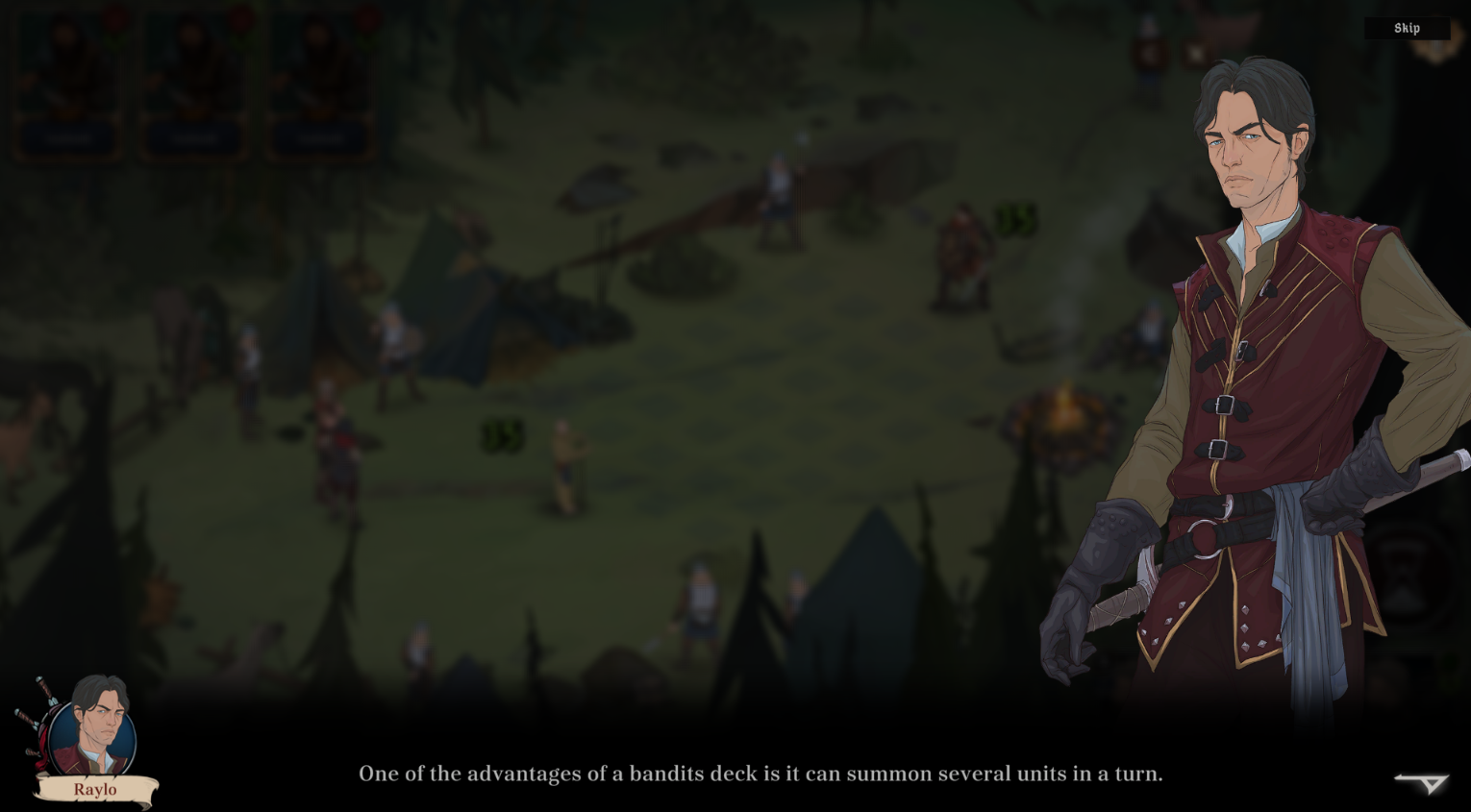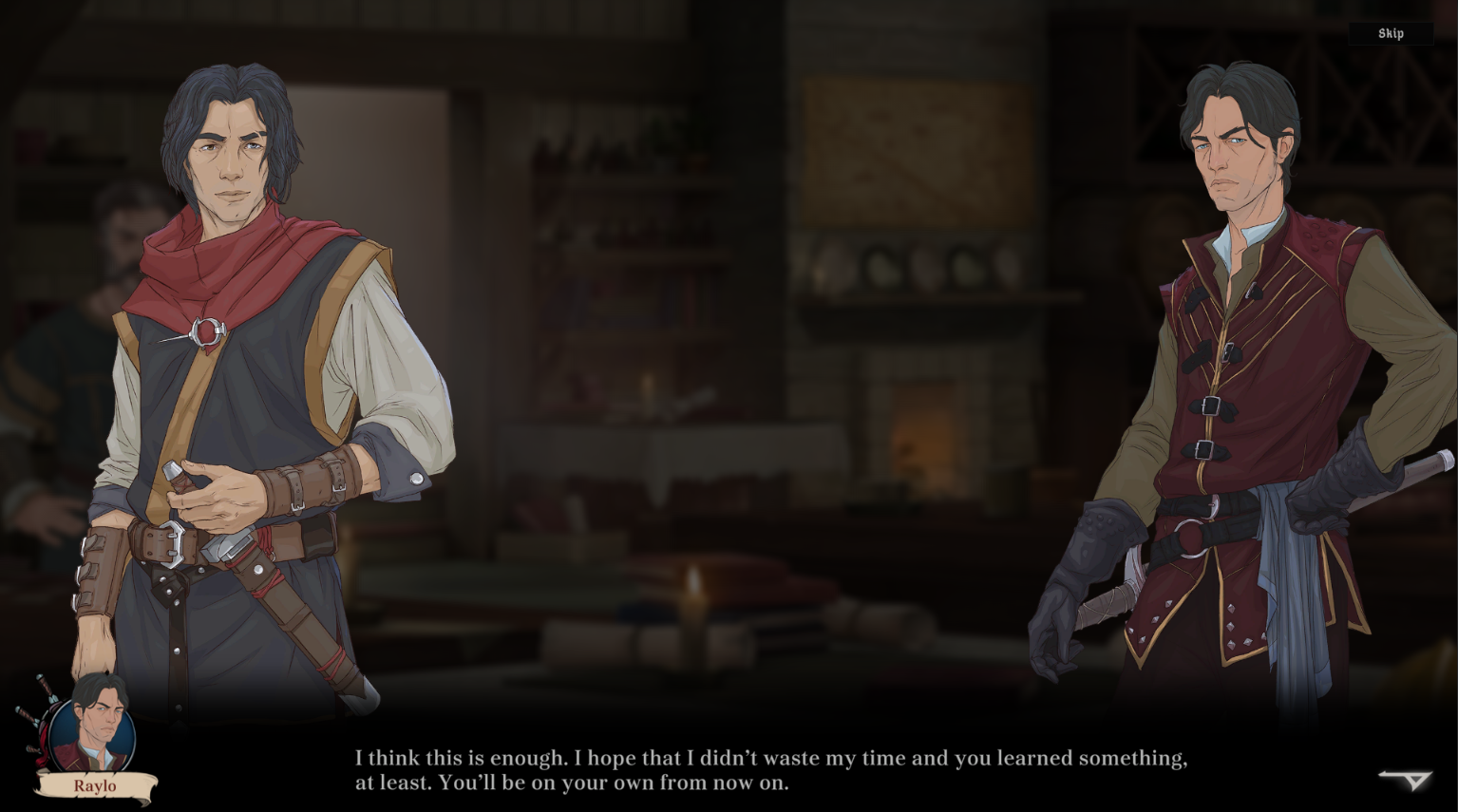
Apr 1, 2022
Ash of Gods: Redemption - Nessie
Hello, folks!
Last time we were talking about how to get more tactical possibilities with the help of card upgrades. Today we're going to tell you about one more variant— using commanders.
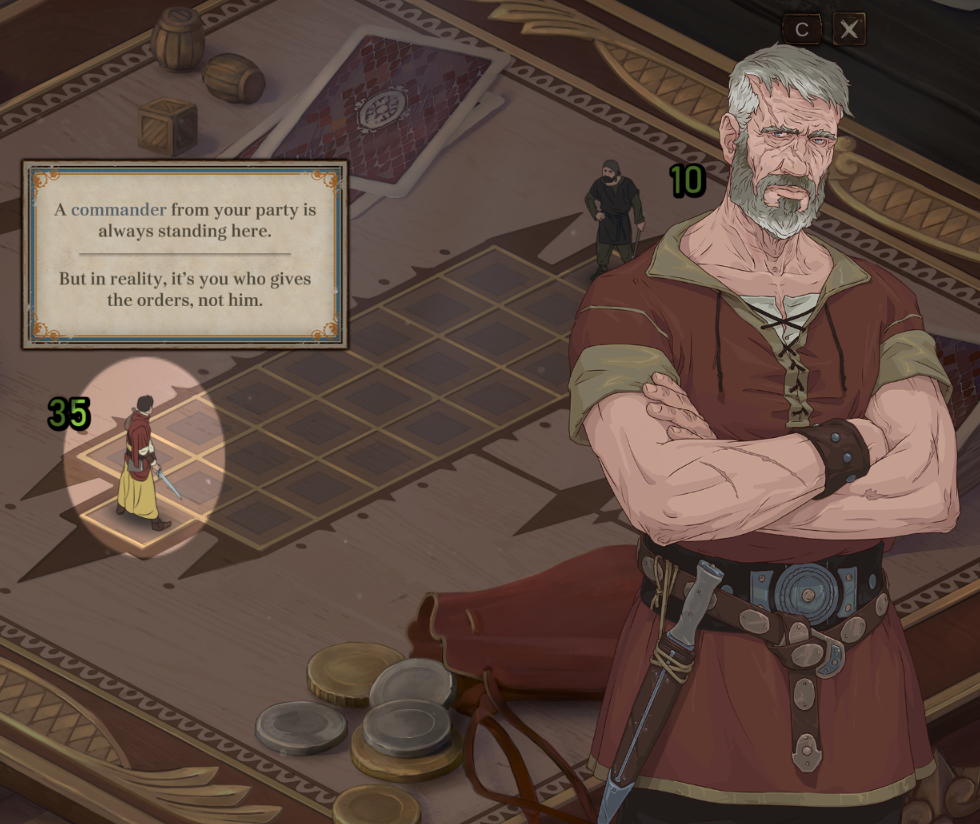
As a rule, commanders are located on the battlefield— you have to lower the enemy's health to zero to win the fight.
You get the first commander in the beginning of the game and he doesn't have any special abilities. But playing the game you can find some other cards of commanders— buy them from the trader or get them in sidequests.

The second commander— Milten— comes from Kleta. He is a healer. He can restore the fighters' lives which will be a very useful skill on the battlefield. There are many battles in the game, where an opportunity to heal a character so that he could stand one more round determines the outcome of the fight.

The fight against the Punisher, who you have to hold back at the cost of the units' life, is exactly like this. Another example is the duel, where the damage comes after the fighter’s death. But use this ability reasonably— Milten heals his allies at the cost of his health and only once in three turns. Besides, he can’t restore your fighter’s lives if he has to spend all of his health points to do it.
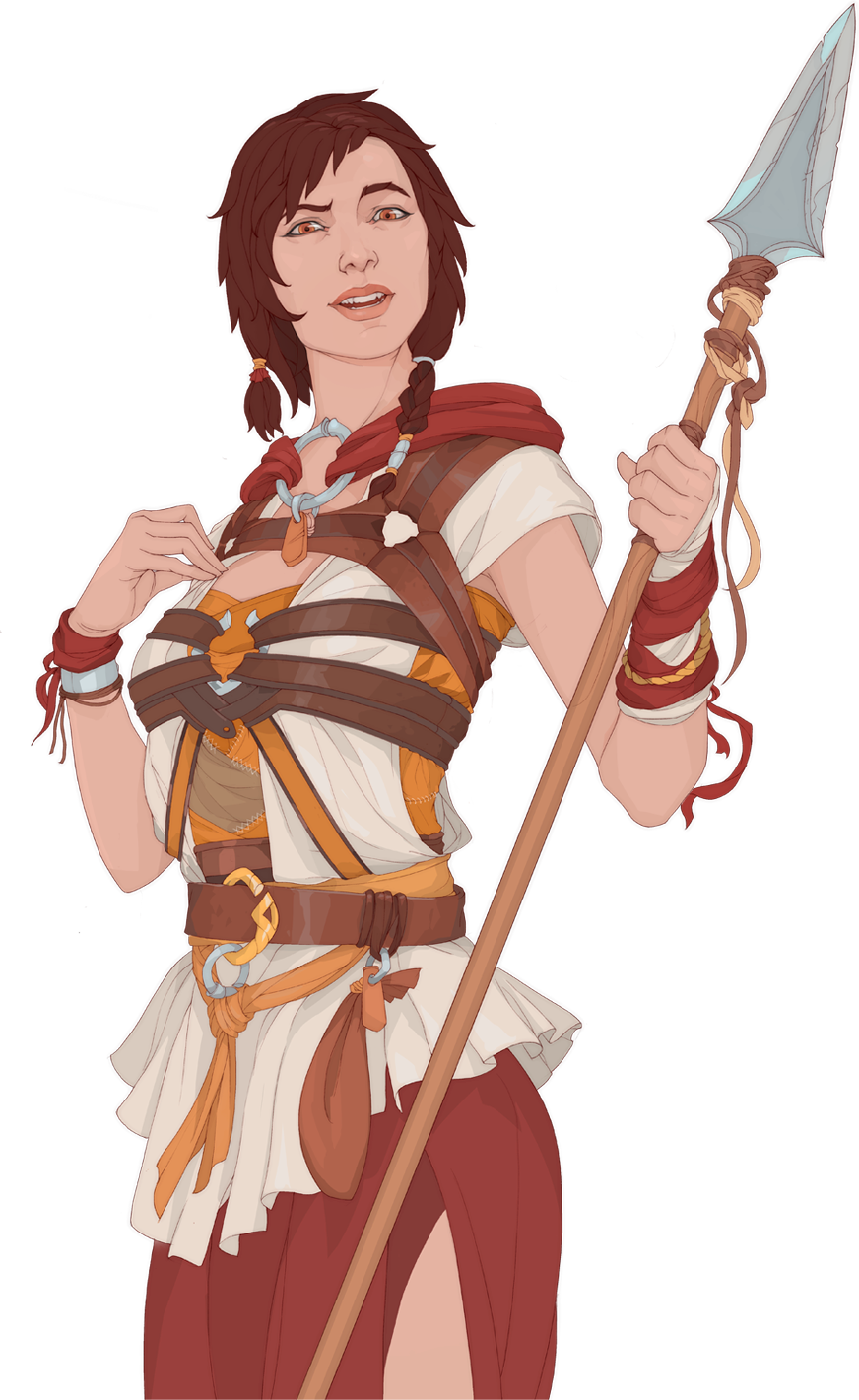
The next commander— Ainsly— prefers attack to protection, and that’s why she offers one more tactical opportunity— boost of the attack for a chosen fighter.
The attack increases till the end of the round and can help to destroy a strong enemy fighter with a high number of health poins. This is also a powerful support against the Frisian deck which fighters are famous for their strong health. It’s lucky that you can buy a new commander from a trader at the beginning of the Rigga tournament. You can use this skill as well as Milten’s healing every three turns.

After that we get commander Deming, the strategist. He becomes available during the second tournament, in one of the quests. With the help of this commander you can play one extra card every three turns during the round. It can become a good deal of help in the beginning of the fight or will help to decide a definite tactical fight in a necessary moment. The ability is active till the end of the turn and combines perfectly, for example, with a Field Equipment card. So you can get extra cards from the deck to balance them in the most effective way.
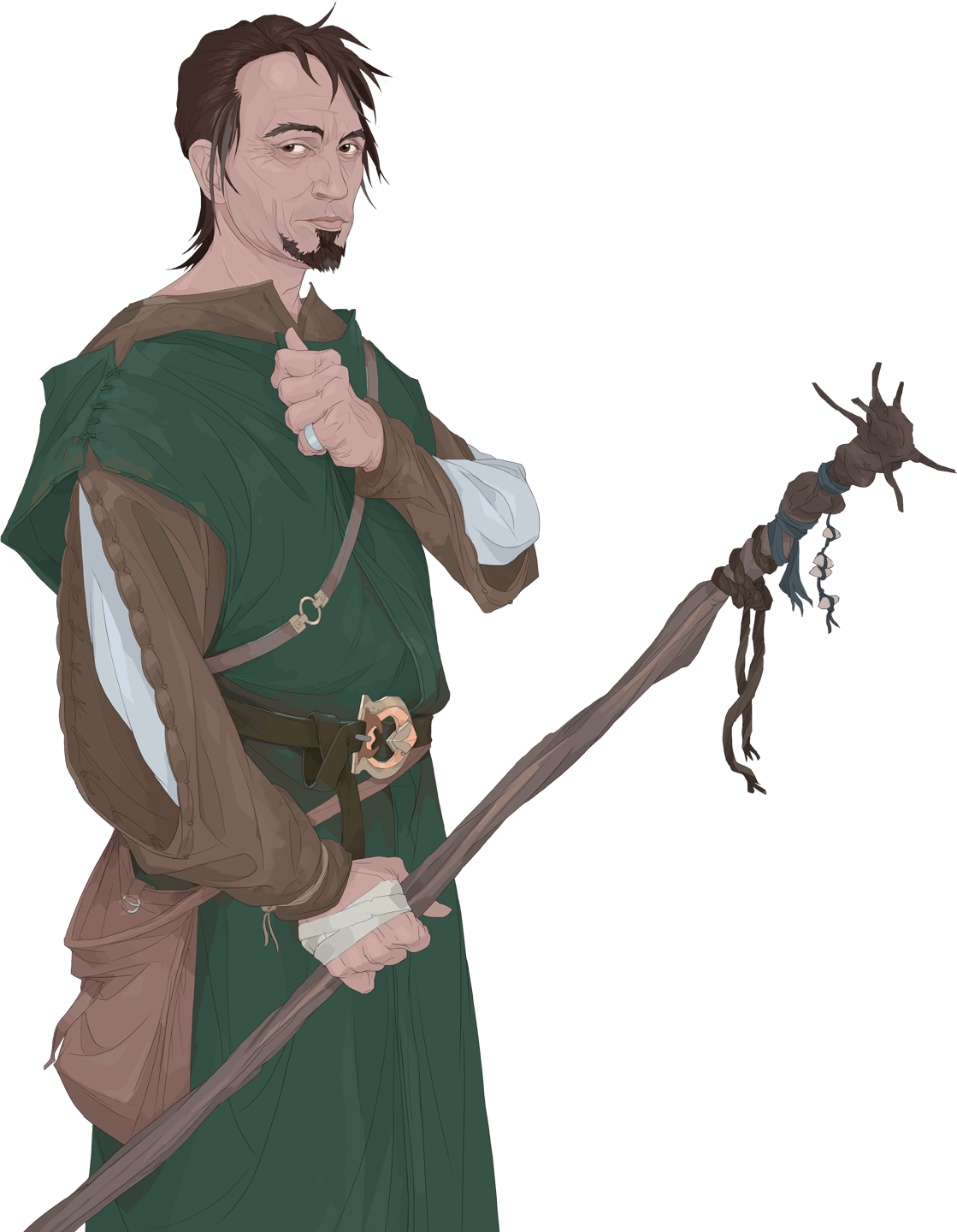
The last commander who we get in Golla is Jarlet the necromancer. He can resurrect any of your characters who have died in the fight earlier—but only once during the fight. Regretfully, the gear of the resurrected character will disappear, but the upgrade will stay. This action isn’t considered a move so you will still be able to summon one more character from the deck.
You will be able to see the commanders in action very soon, and for now add our game into the wishlist and follow us!

Last time we were talking about how to get more tactical possibilities with the help of card upgrades. Today we're going to tell you about one more variant— using commanders.

As a rule, commanders are located on the battlefield— you have to lower the enemy's health to zero to win the fight.
You get the first commander in the beginning of the game and he doesn't have any special abilities. But playing the game you can find some other cards of commanders— buy them from the trader or get them in sidequests.

The second commander— Milten— comes from Kleta. He is a healer. He can restore the fighters' lives which will be a very useful skill on the battlefield. There are many battles in the game, where an opportunity to heal a character so that he could stand one more round determines the outcome of the fight.

The fight against the Punisher, who you have to hold back at the cost of the units' life, is exactly like this. Another example is the duel, where the damage comes after the fighter’s death. But use this ability reasonably— Milten heals his allies at the cost of his health and only once in three turns. Besides, he can’t restore your fighter’s lives if he has to spend all of his health points to do it.

The next commander— Ainsly— prefers attack to protection, and that’s why she offers one more tactical opportunity— boost of the attack for a chosen fighter.
The attack increases till the end of the round and can help to destroy a strong enemy fighter with a high number of health poins. This is also a powerful support against the Frisian deck which fighters are famous for their strong health. It’s lucky that you can buy a new commander from a trader at the beginning of the Rigga tournament. You can use this skill as well as Milten’s healing every three turns.

After that we get commander Deming, the strategist. He becomes available during the second tournament, in one of the quests. With the help of this commander you can play one extra card every three turns during the round. It can become a good deal of help in the beginning of the fight or will help to decide a definite tactical fight in a necessary moment. The ability is active till the end of the turn and combines perfectly, for example, with a Field Equipment card. So you can get extra cards from the deck to balance them in the most effective way.

The last commander who we get in Golla is Jarlet the necromancer. He can resurrect any of your characters who have died in the fight earlier—but only once during the fight. Regretfully, the gear of the resurrected character will disappear, but the upgrade will stay. This action isn’t considered a move so you will still be able to summon one more character from the deck.
You will be able to see the commanders in action very soon, and for now add our game into the wishlist and follow us!





